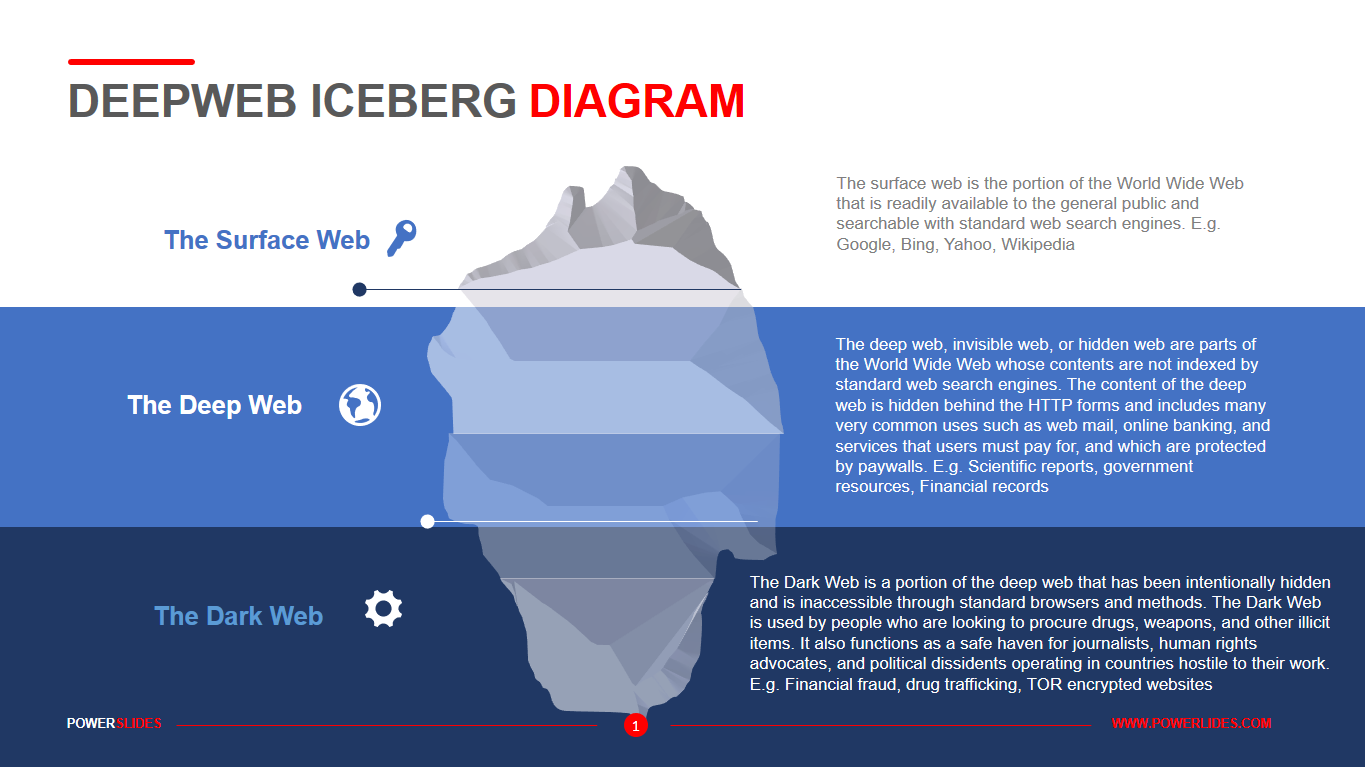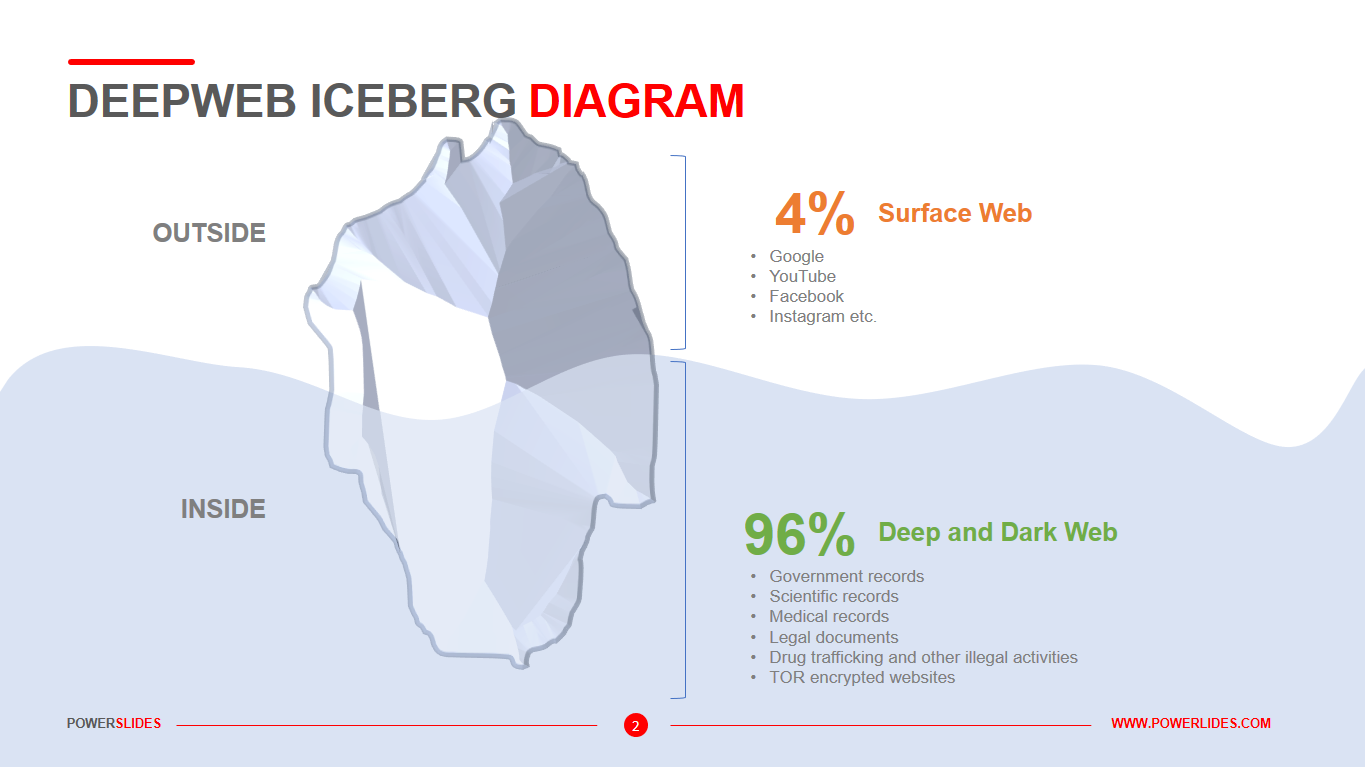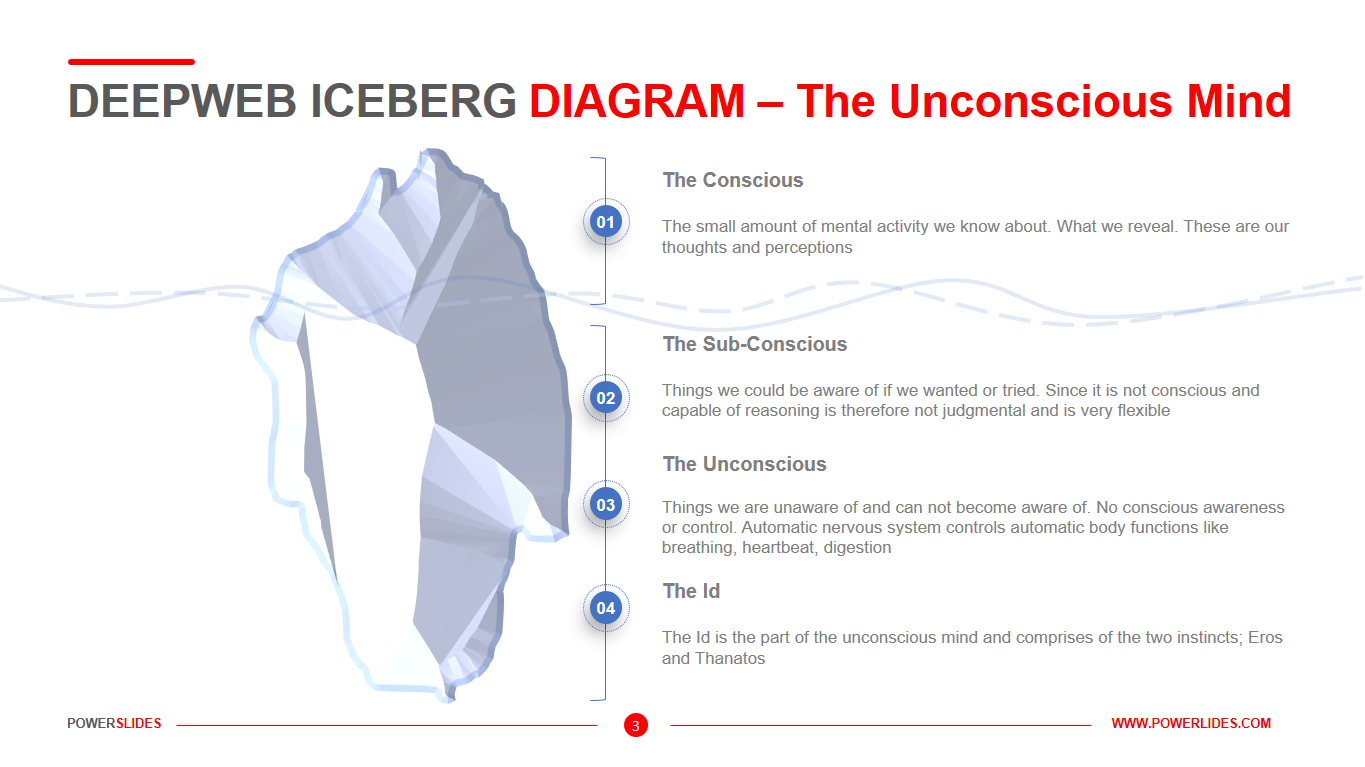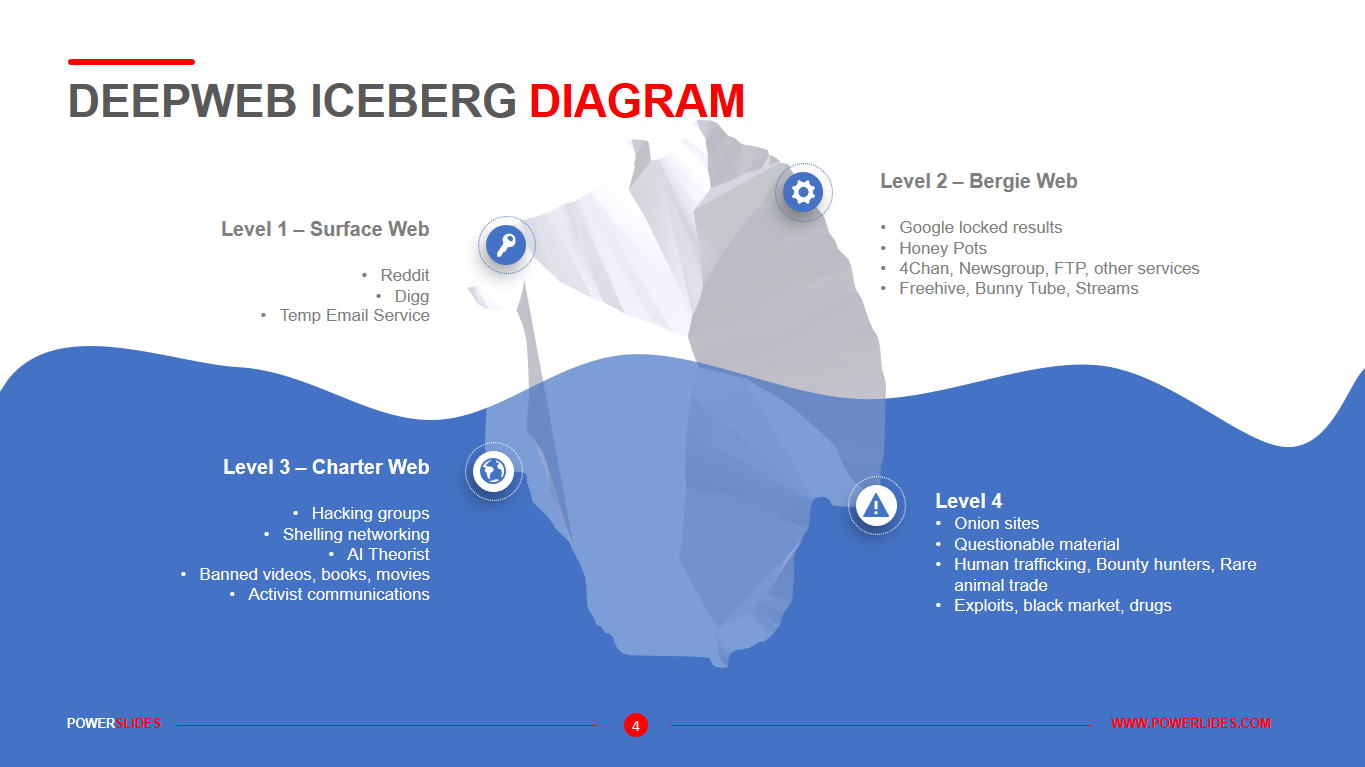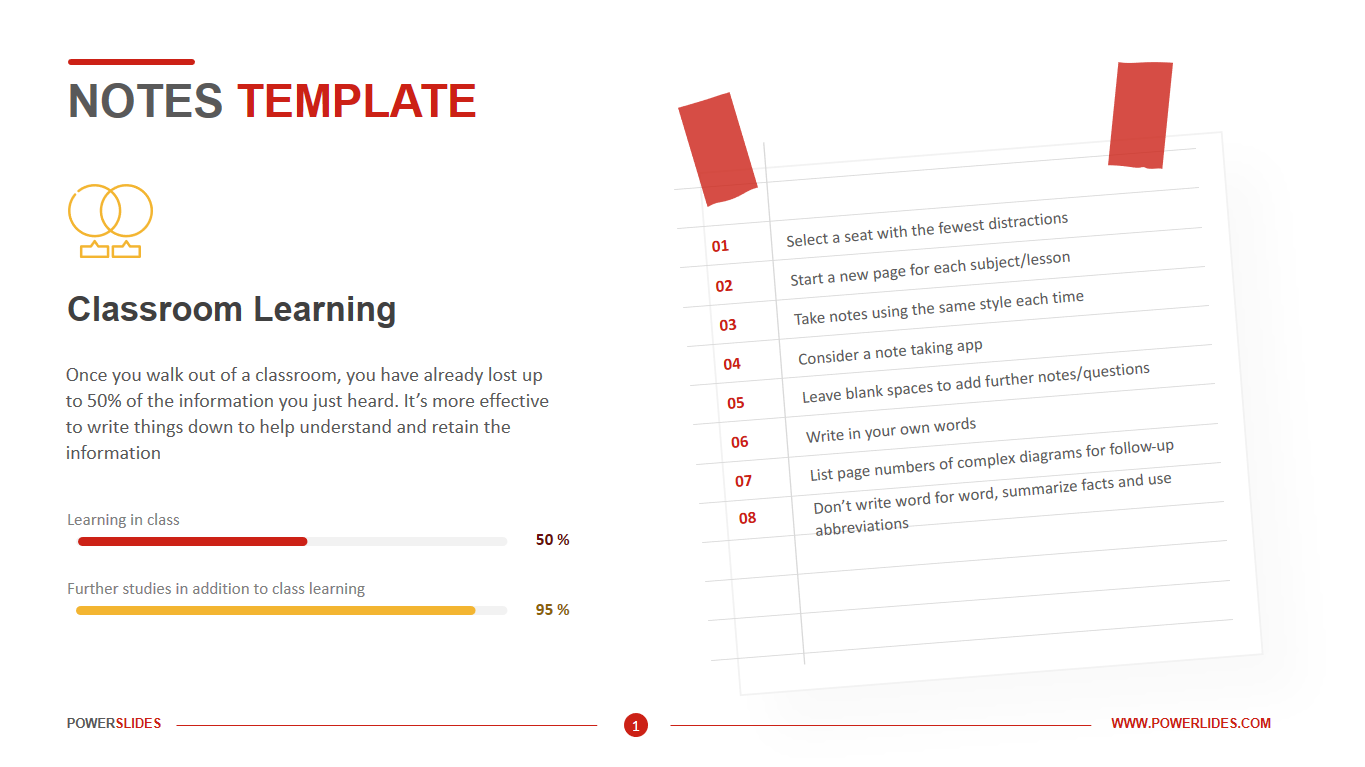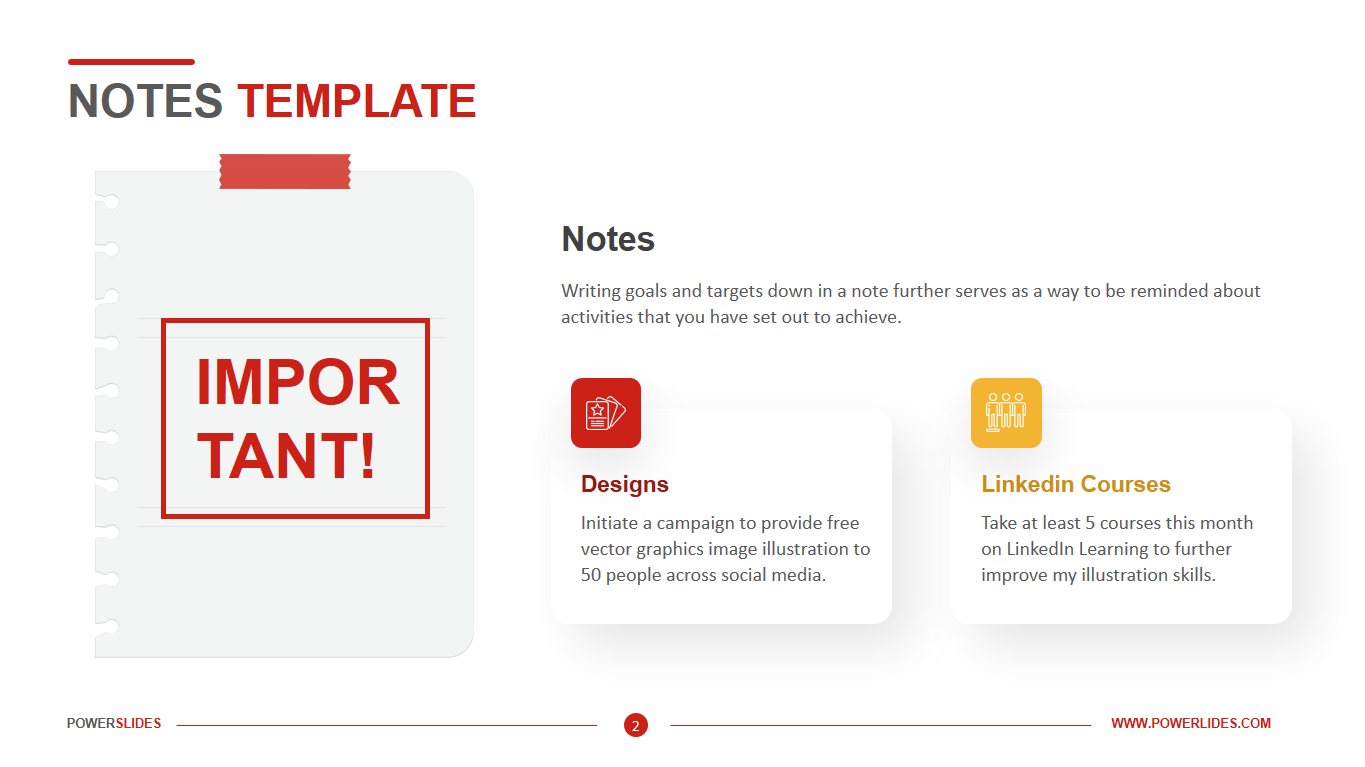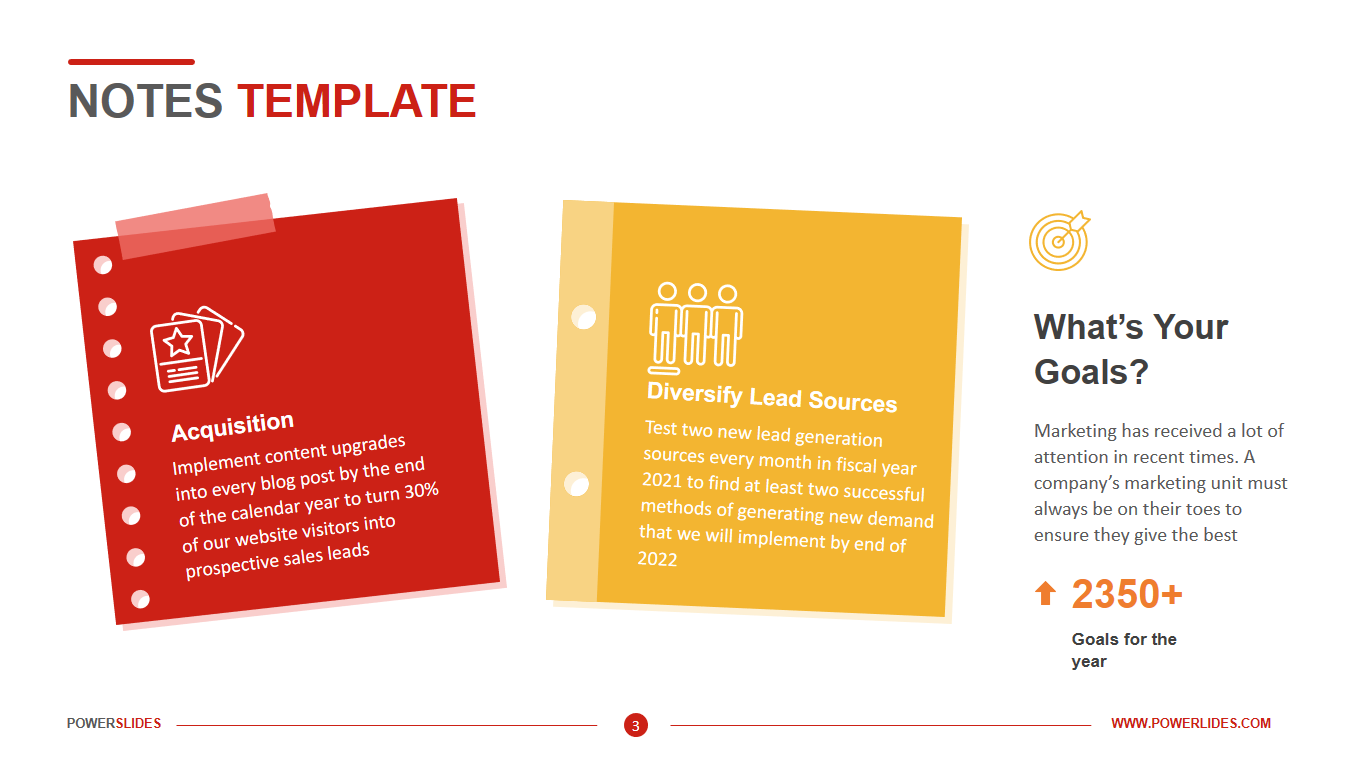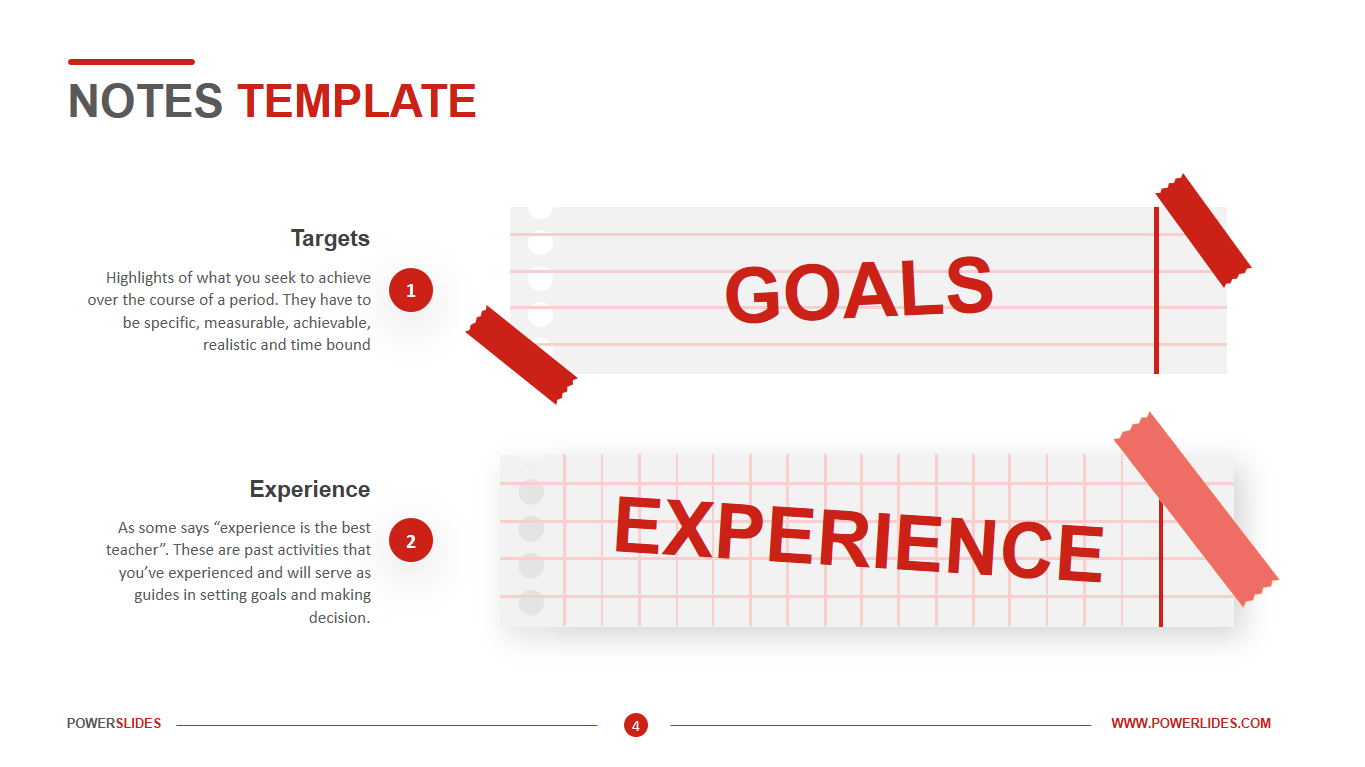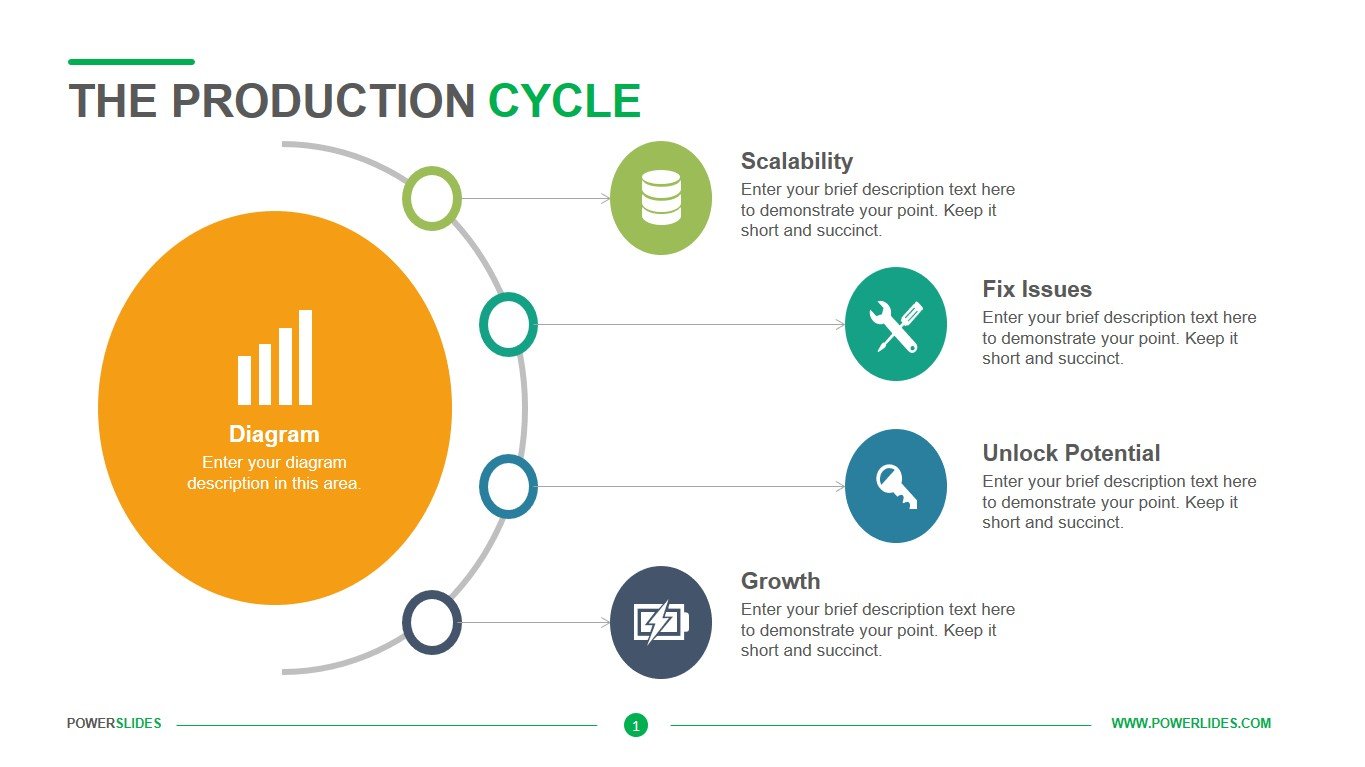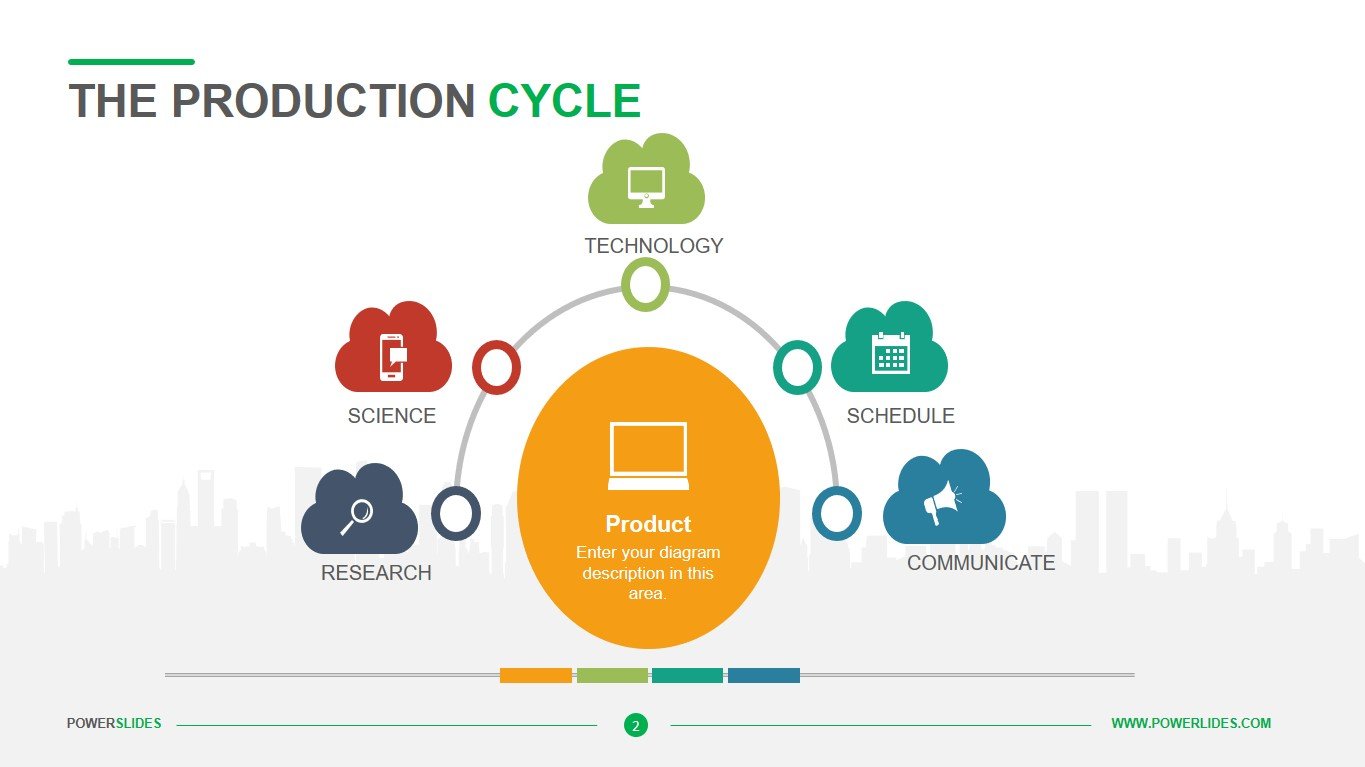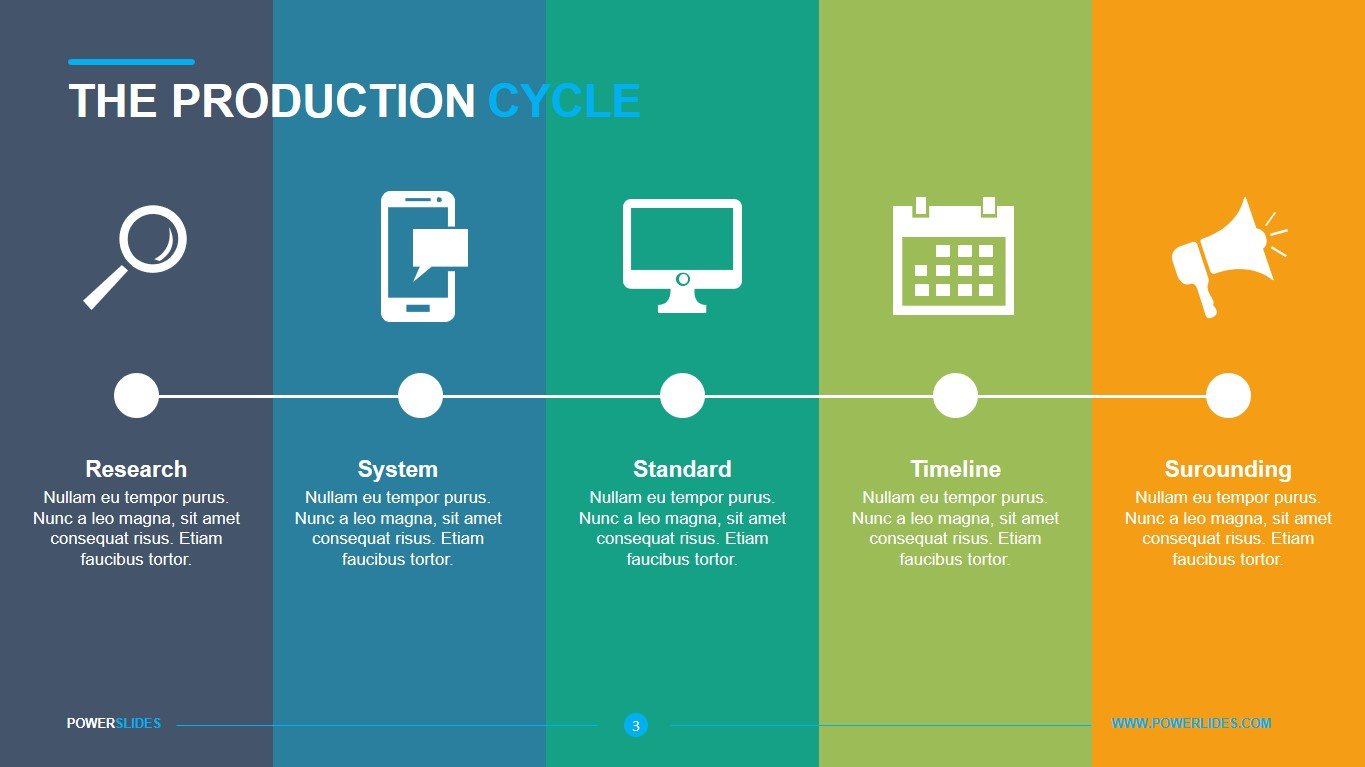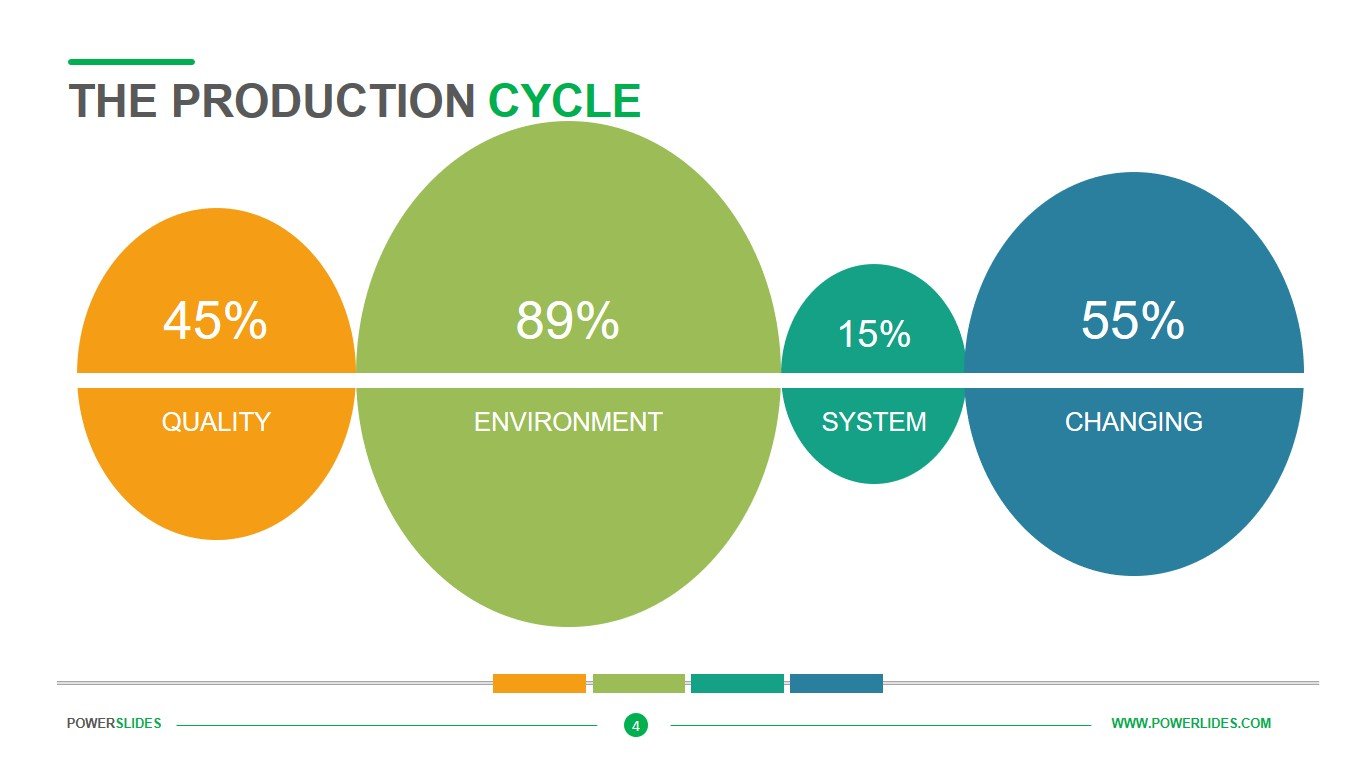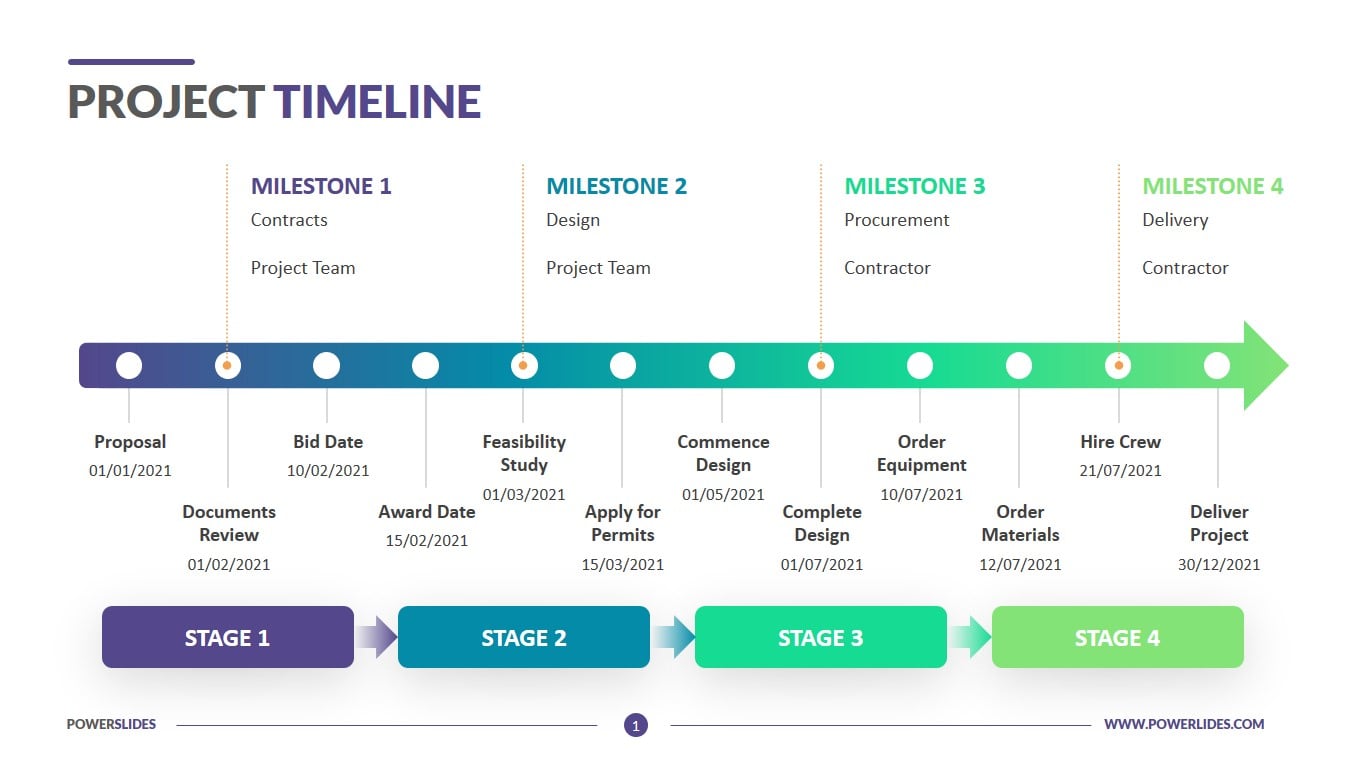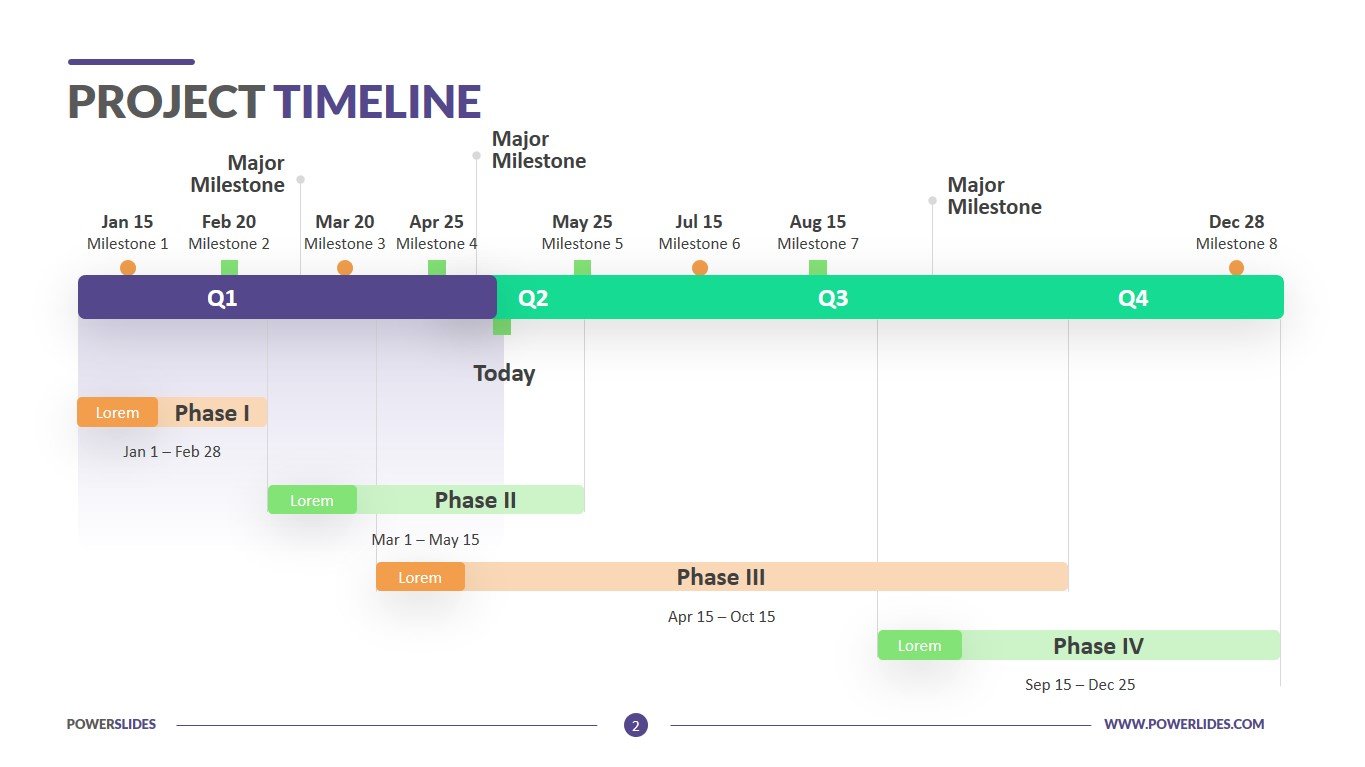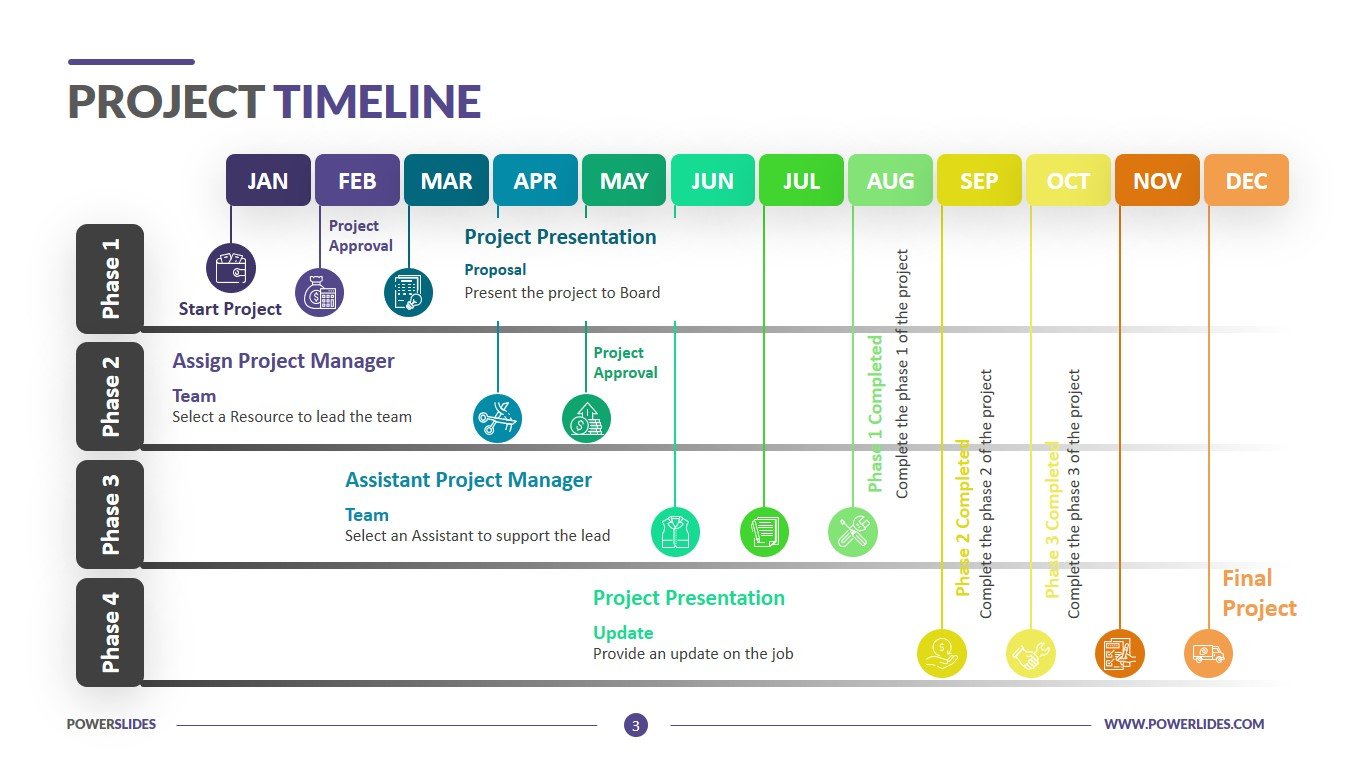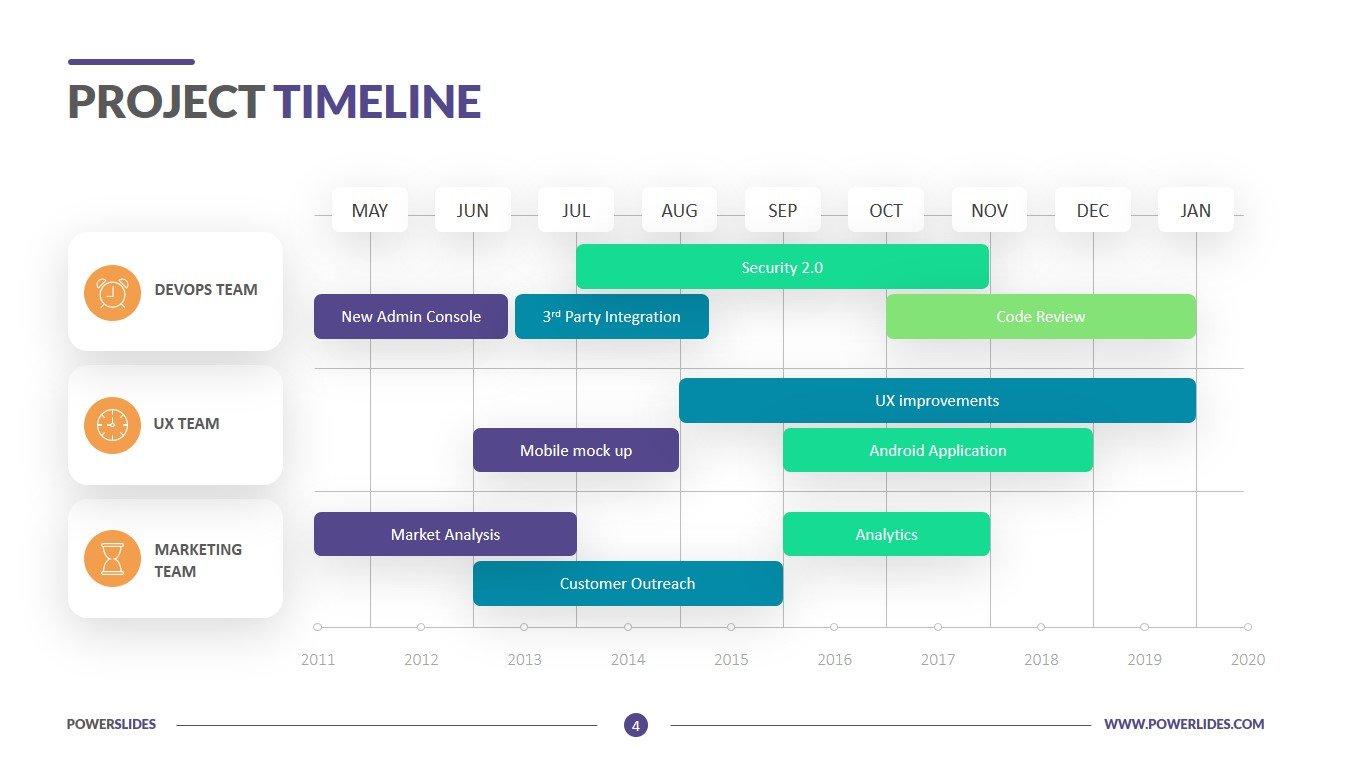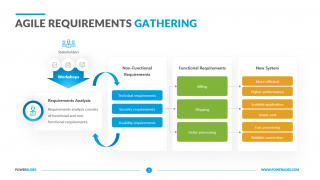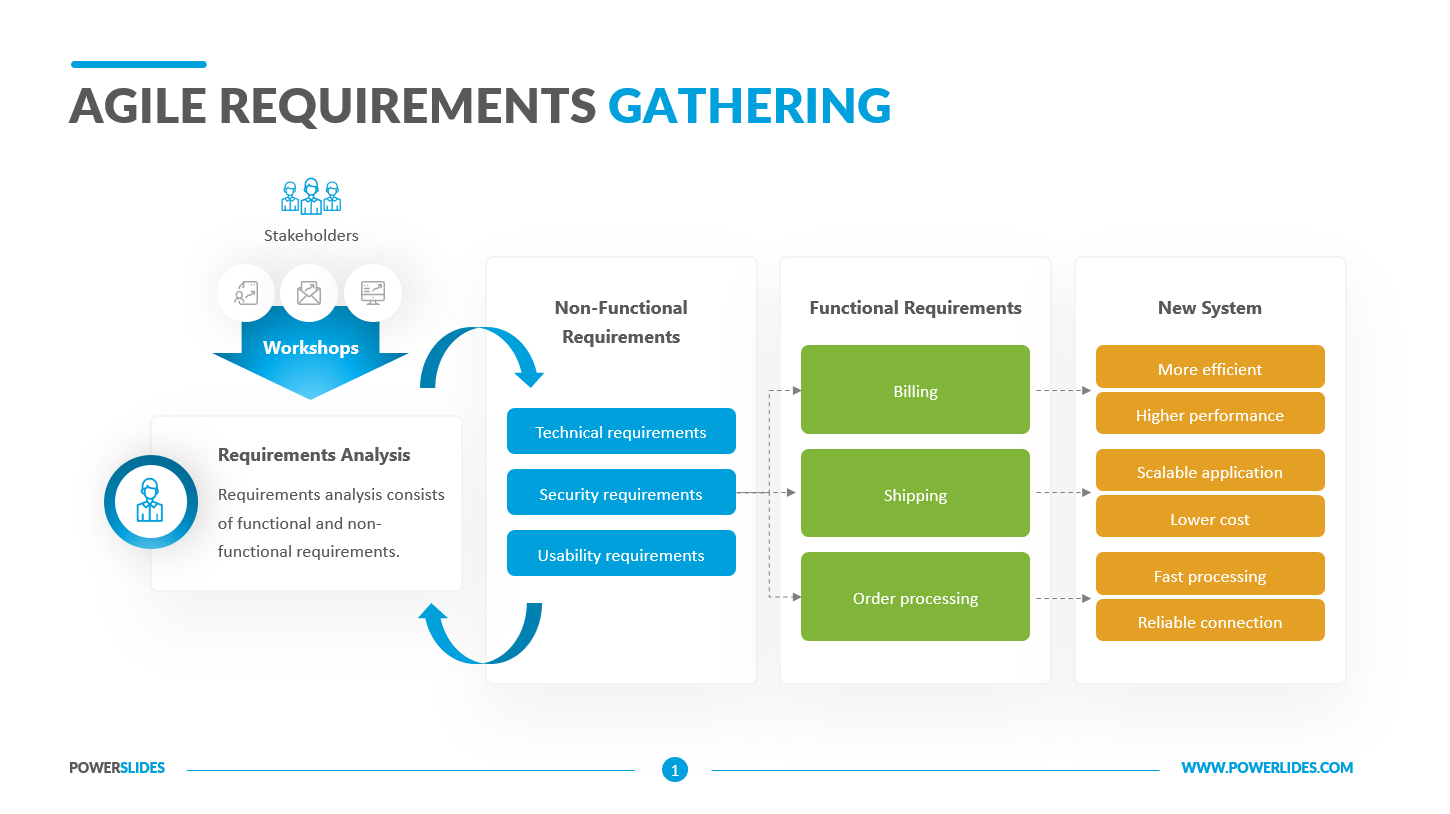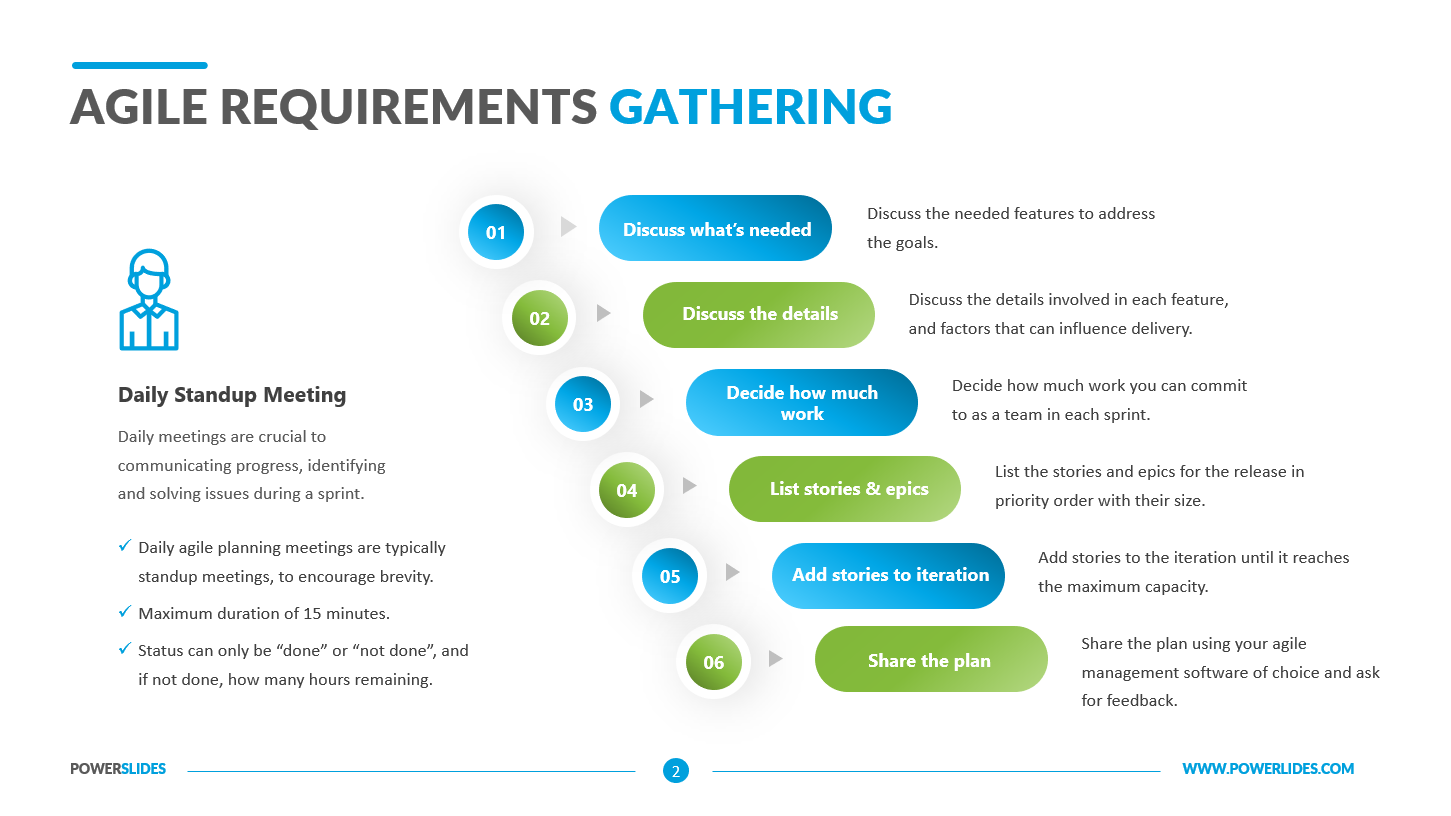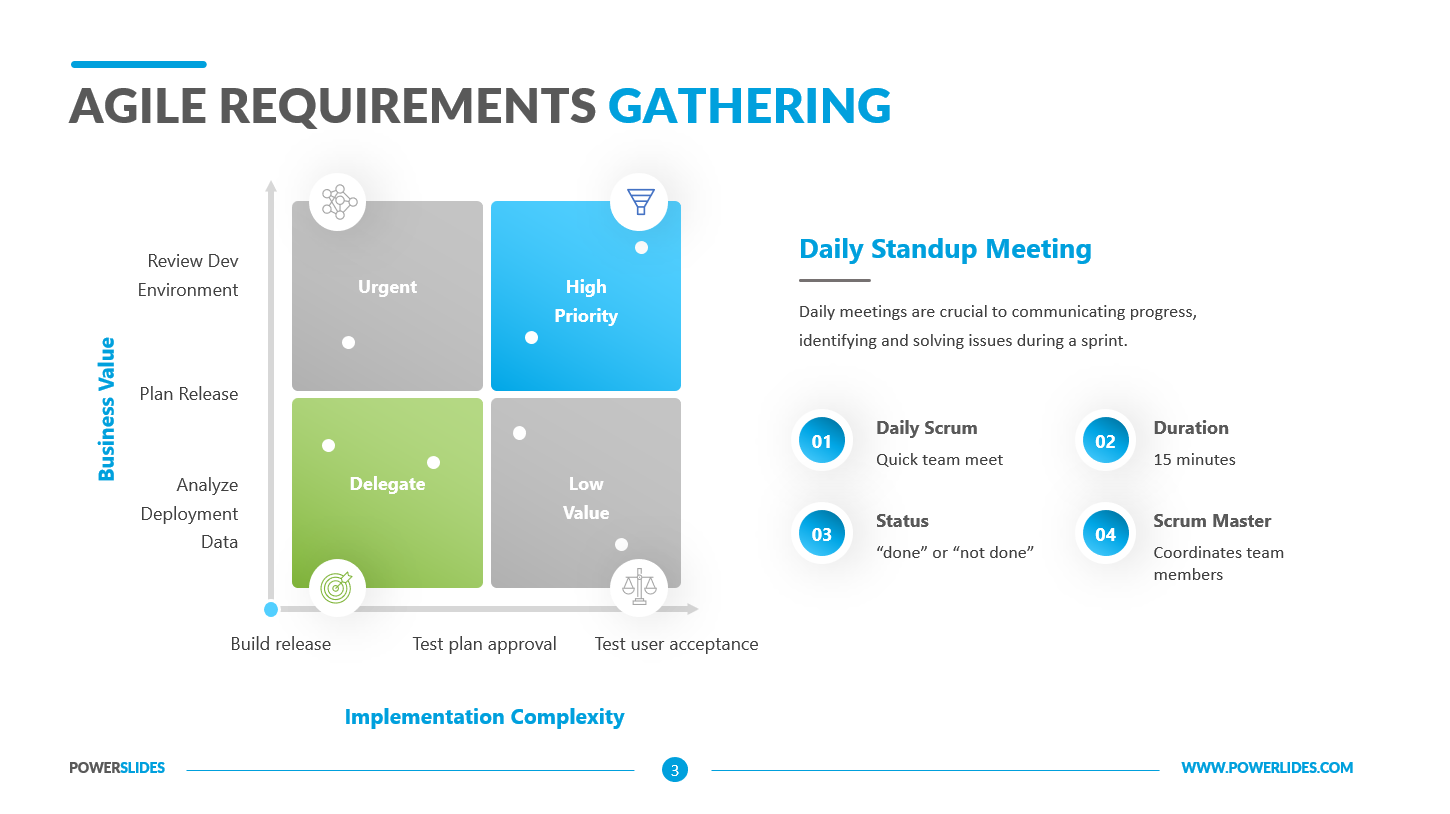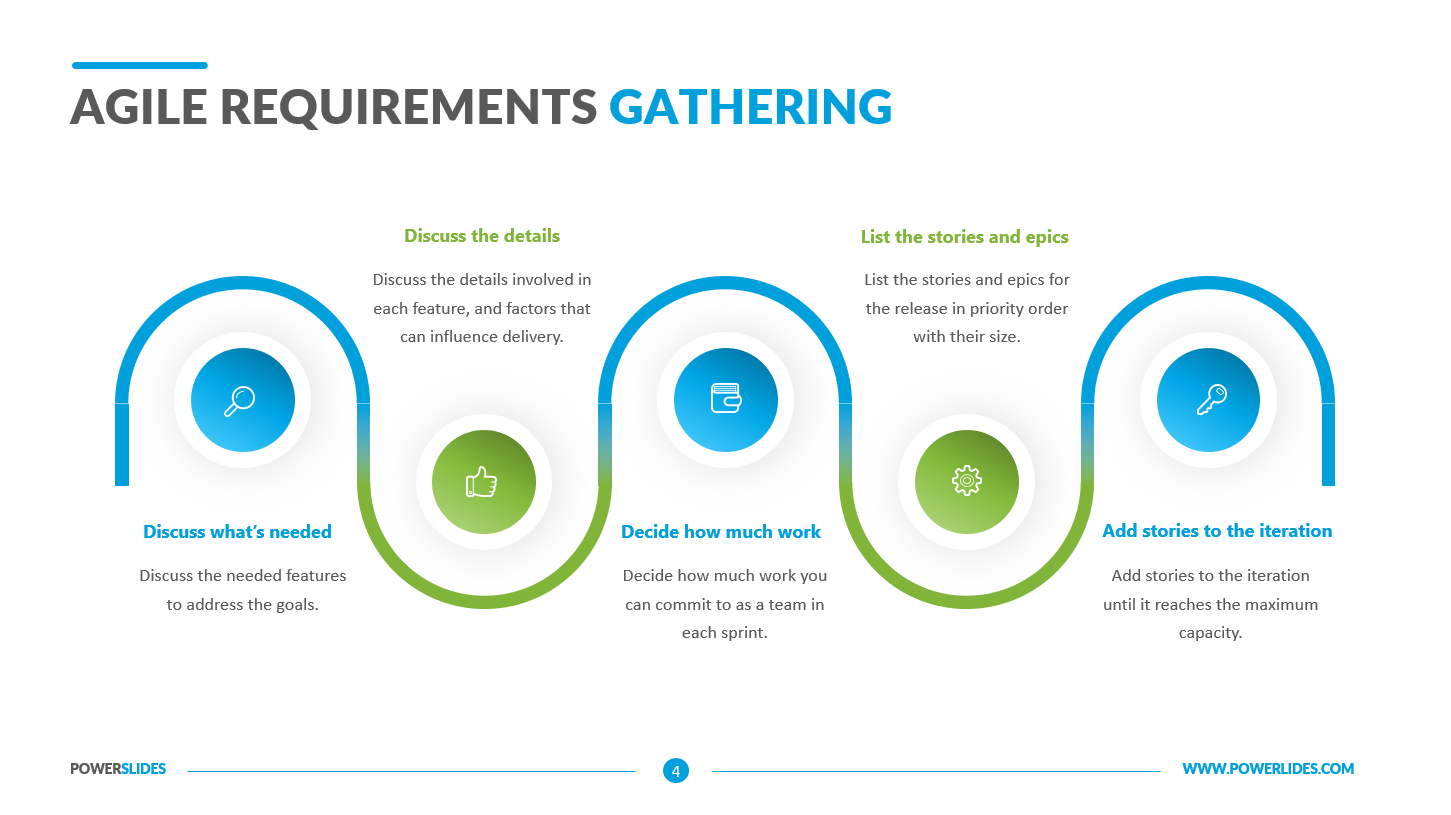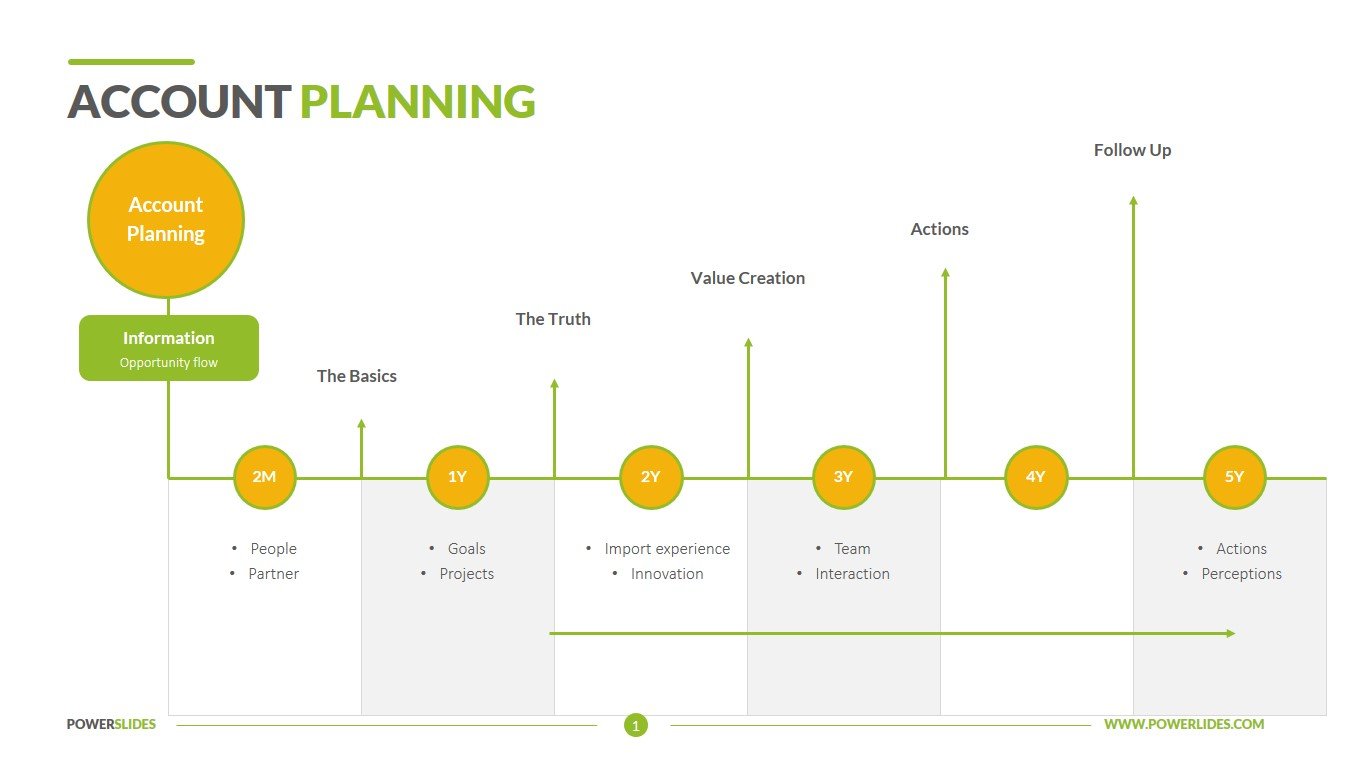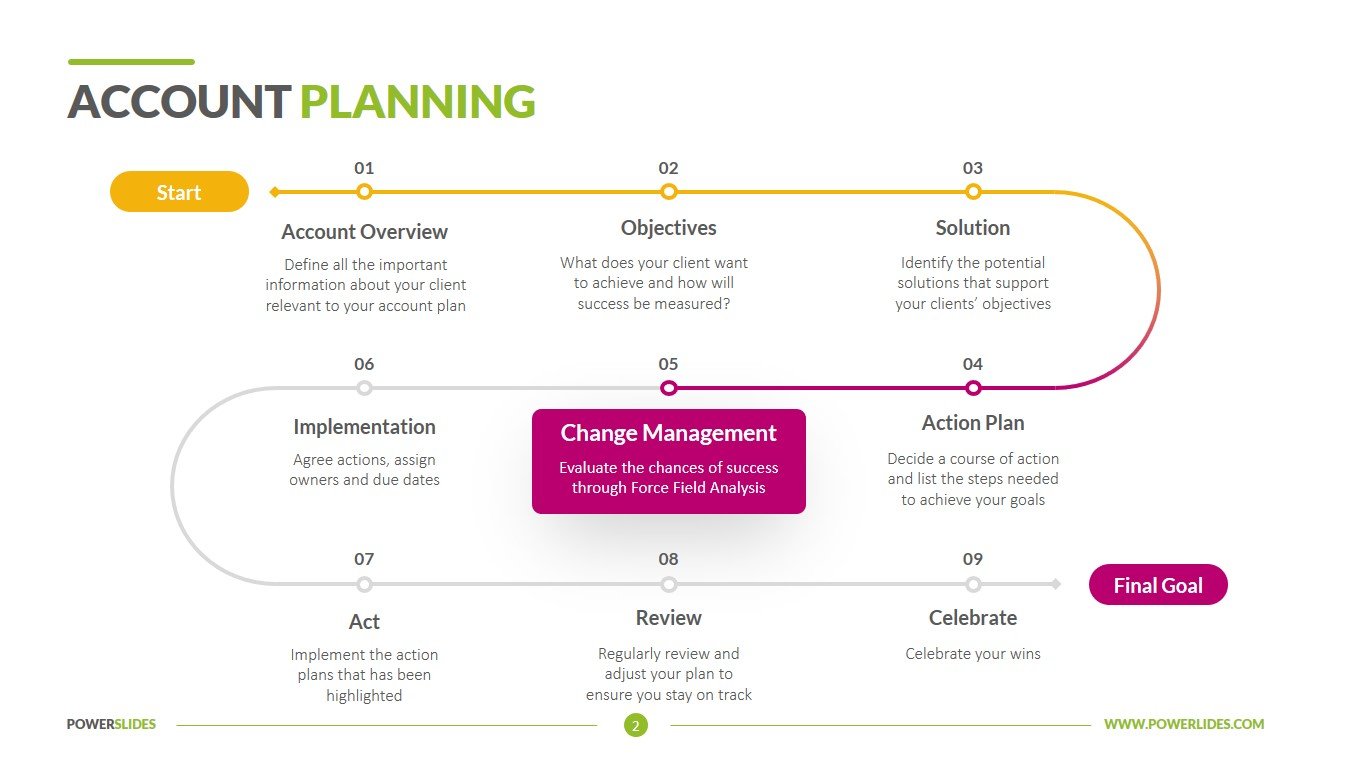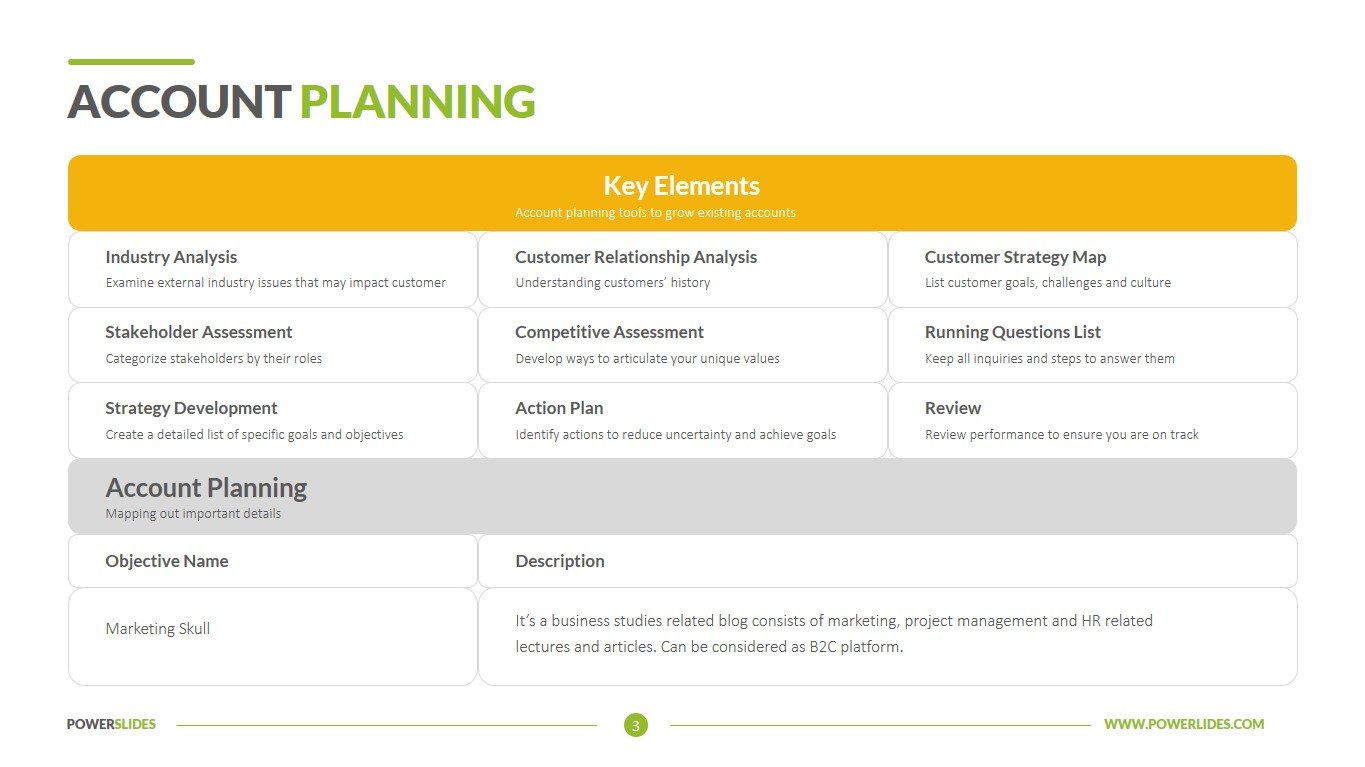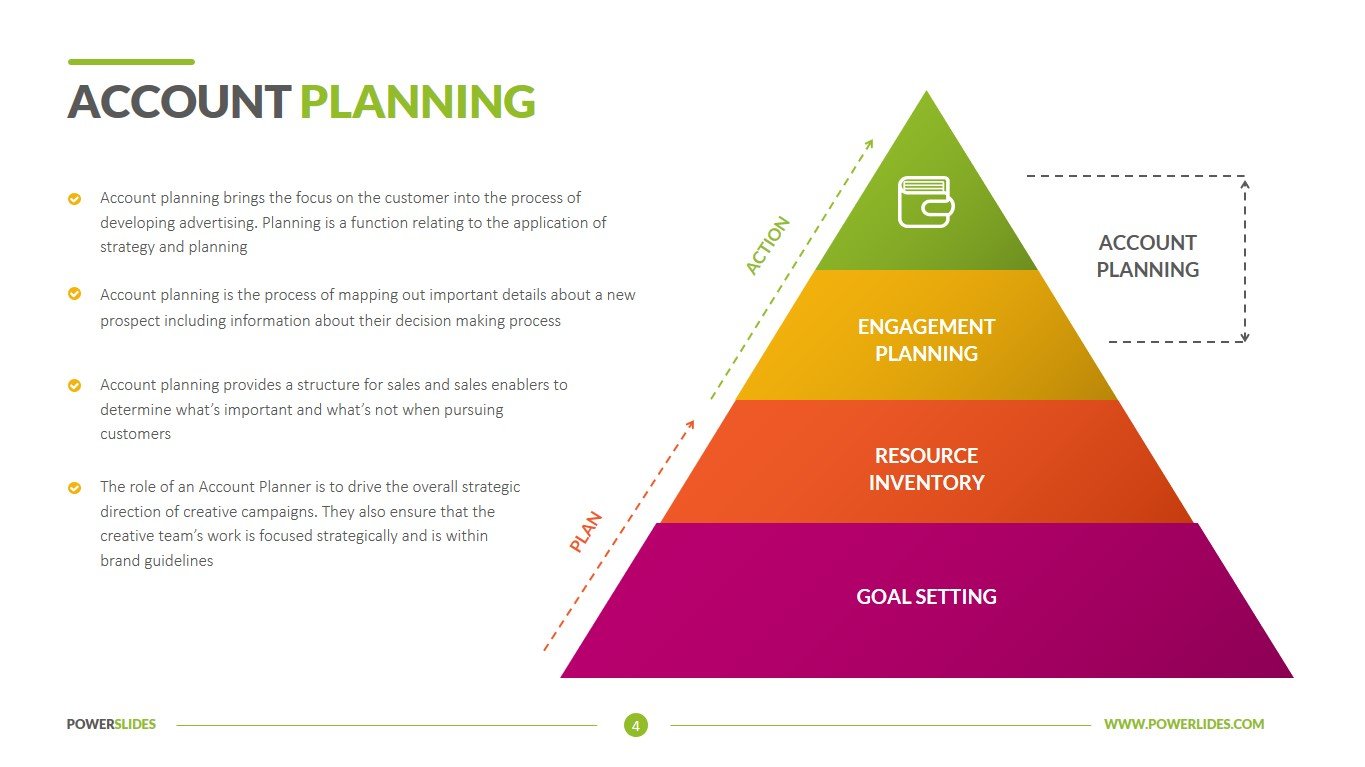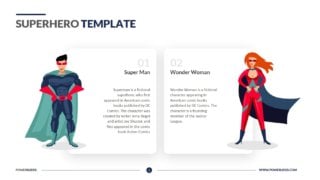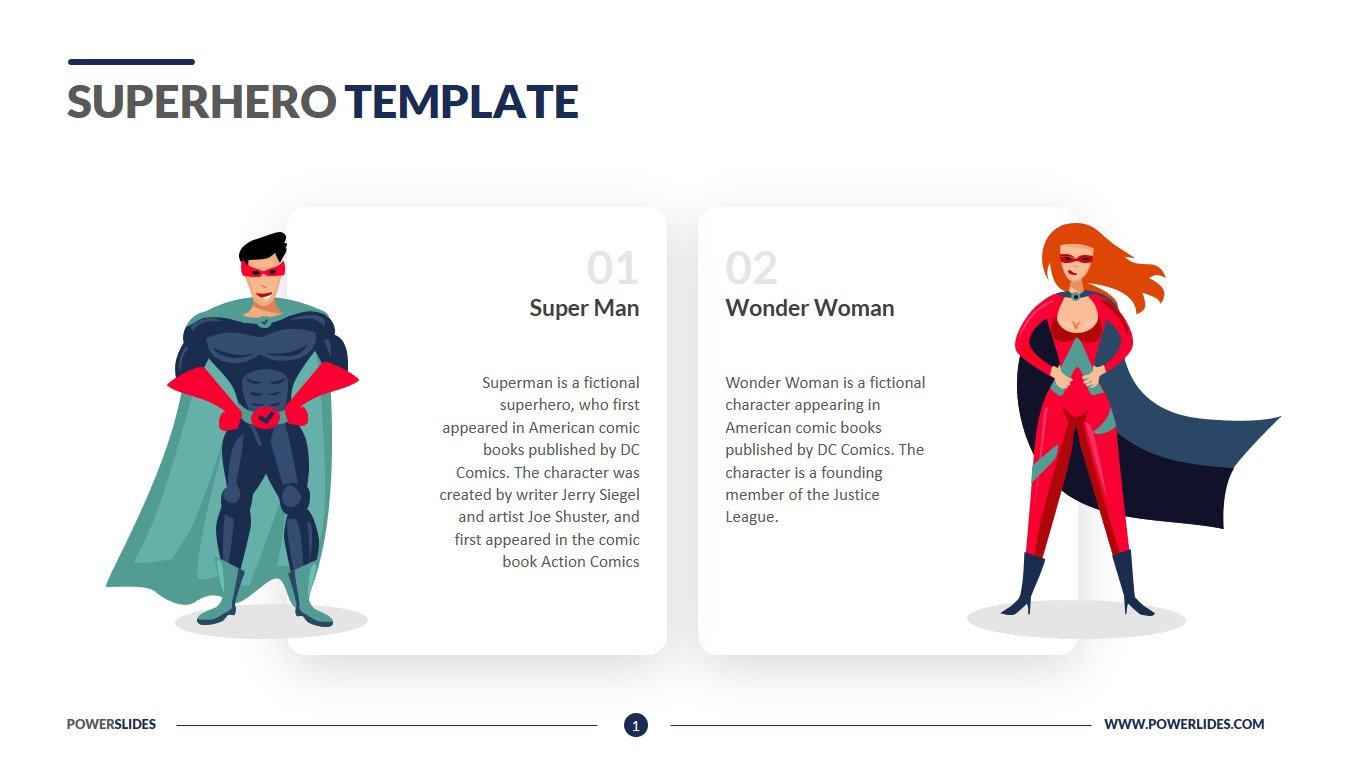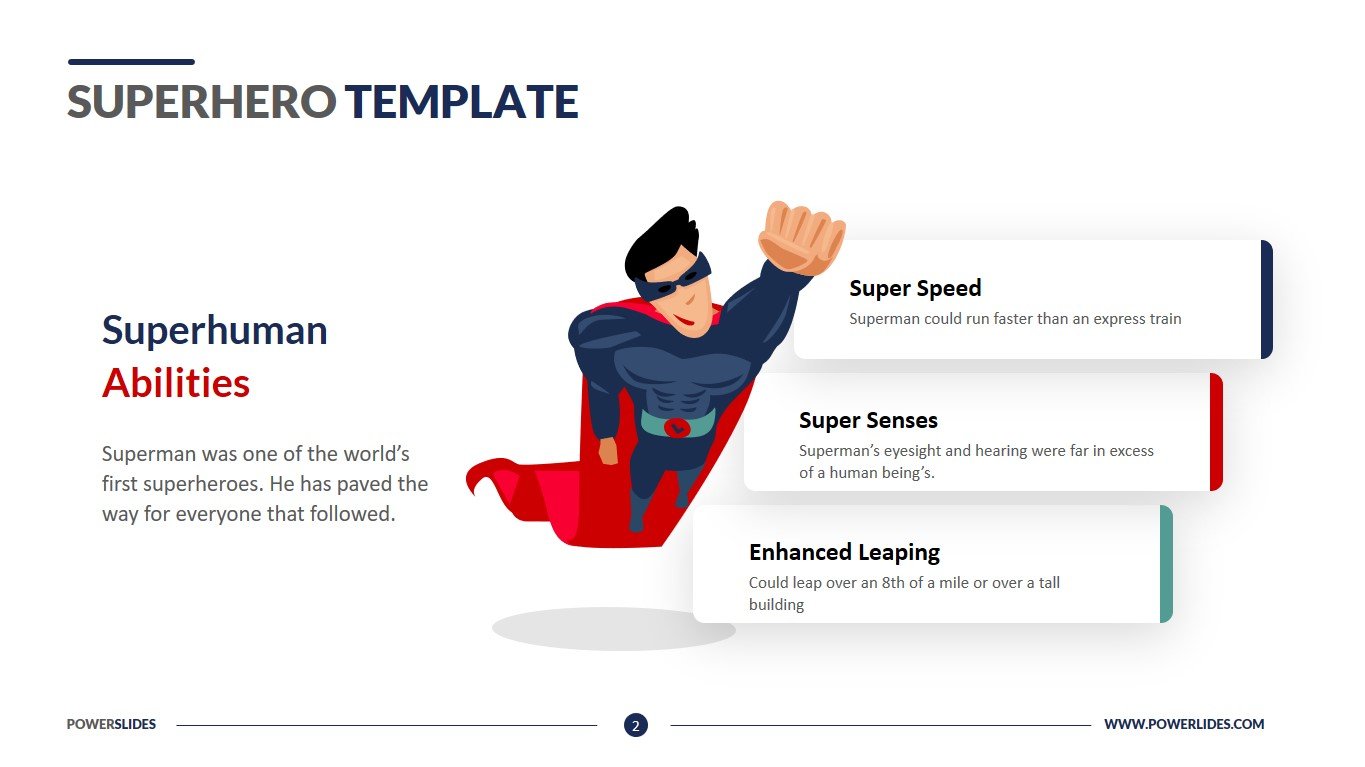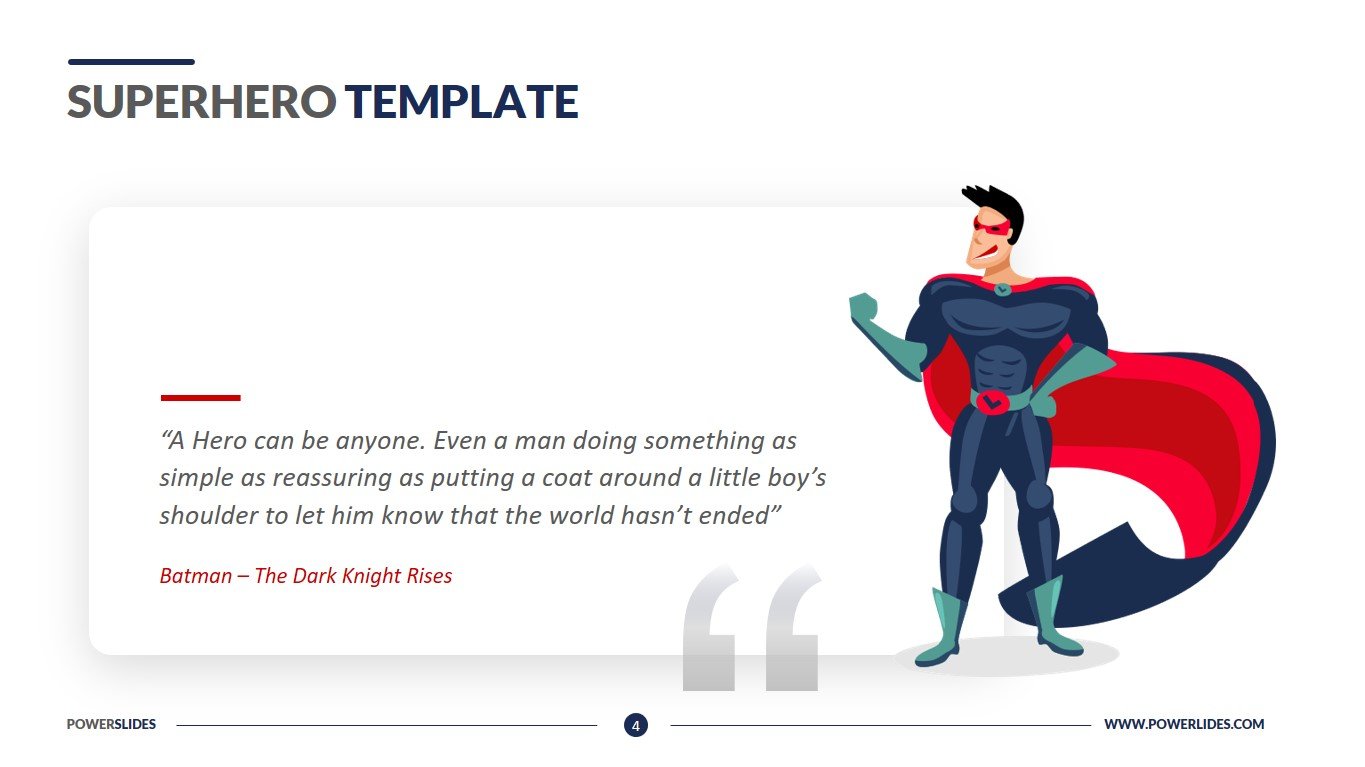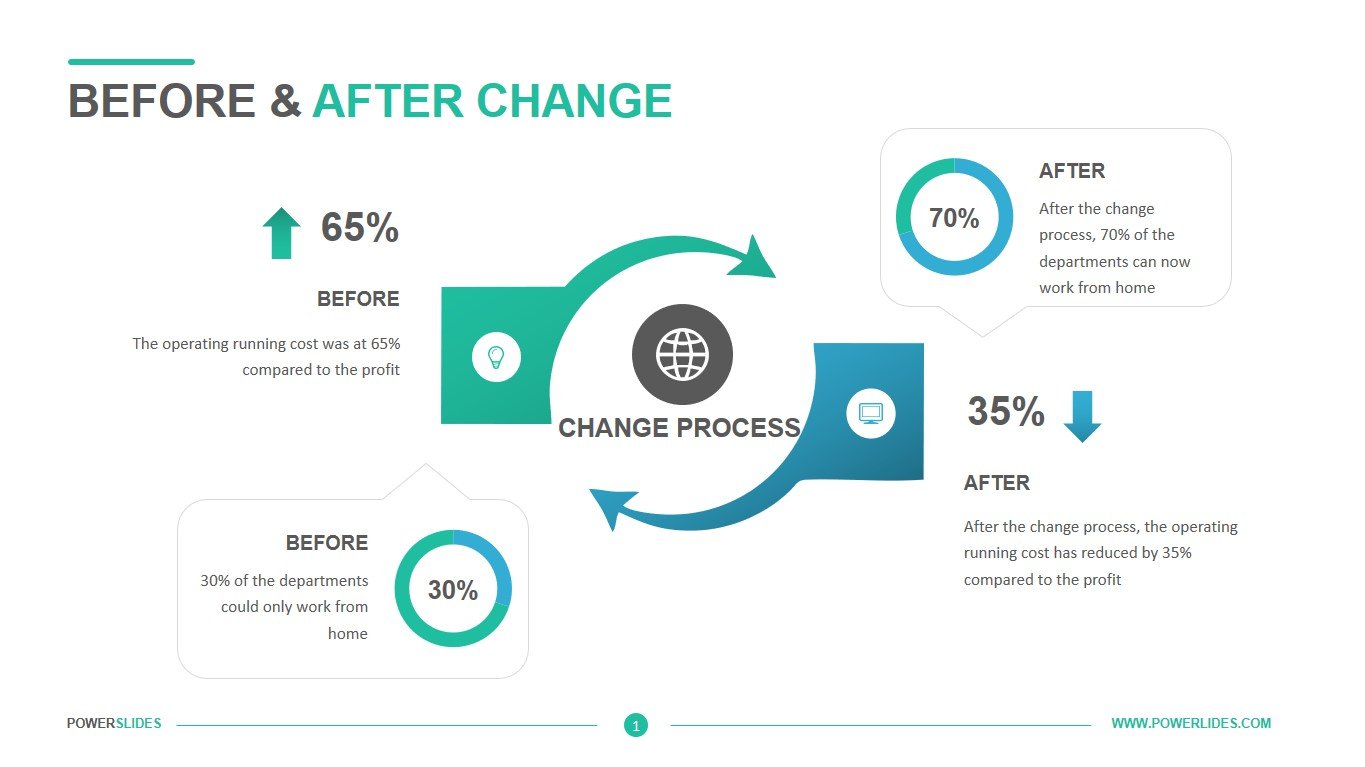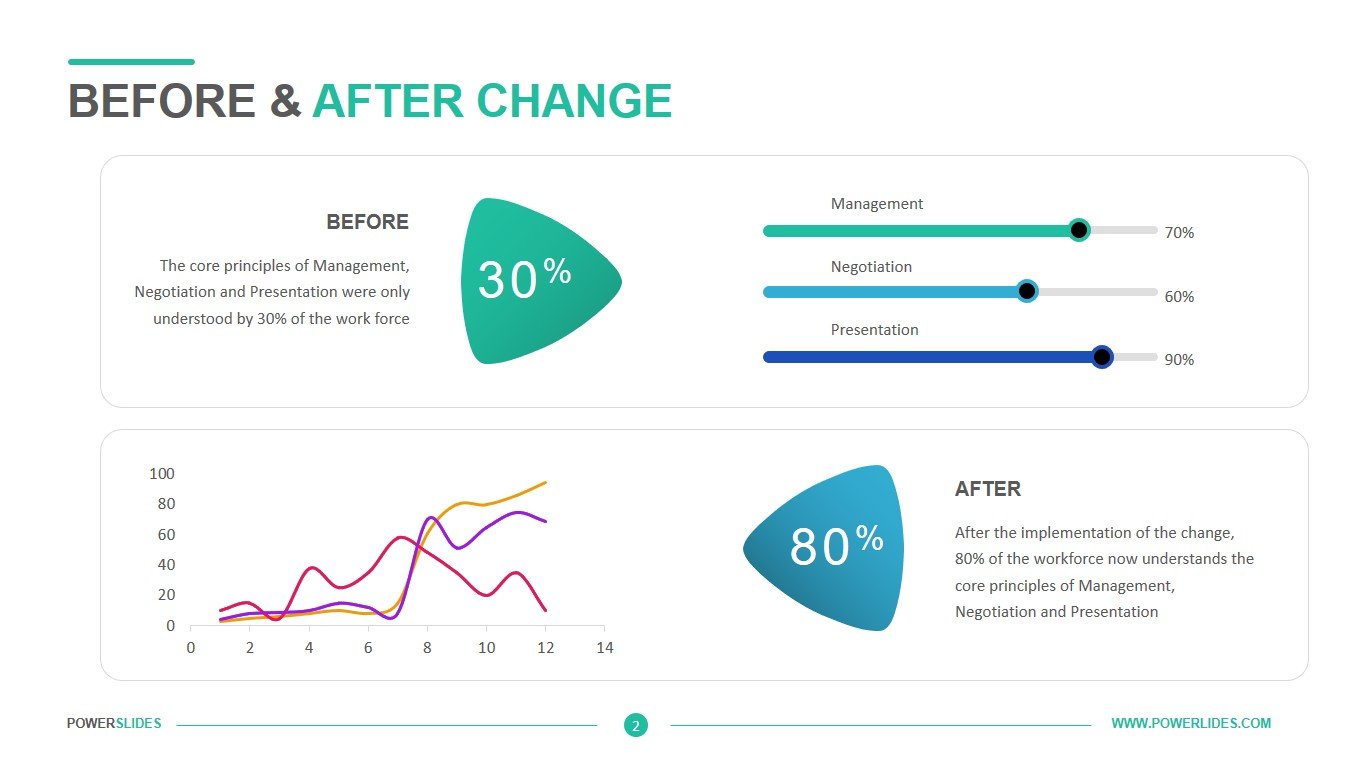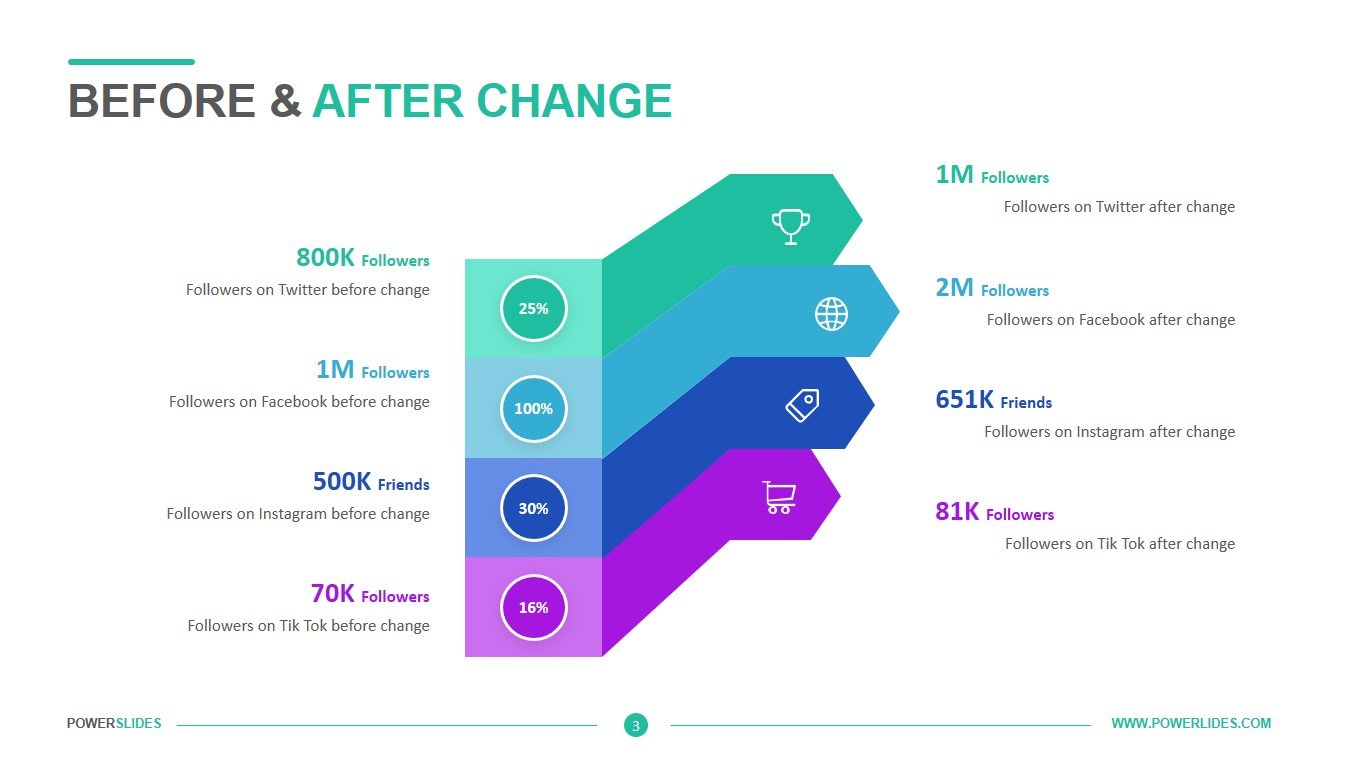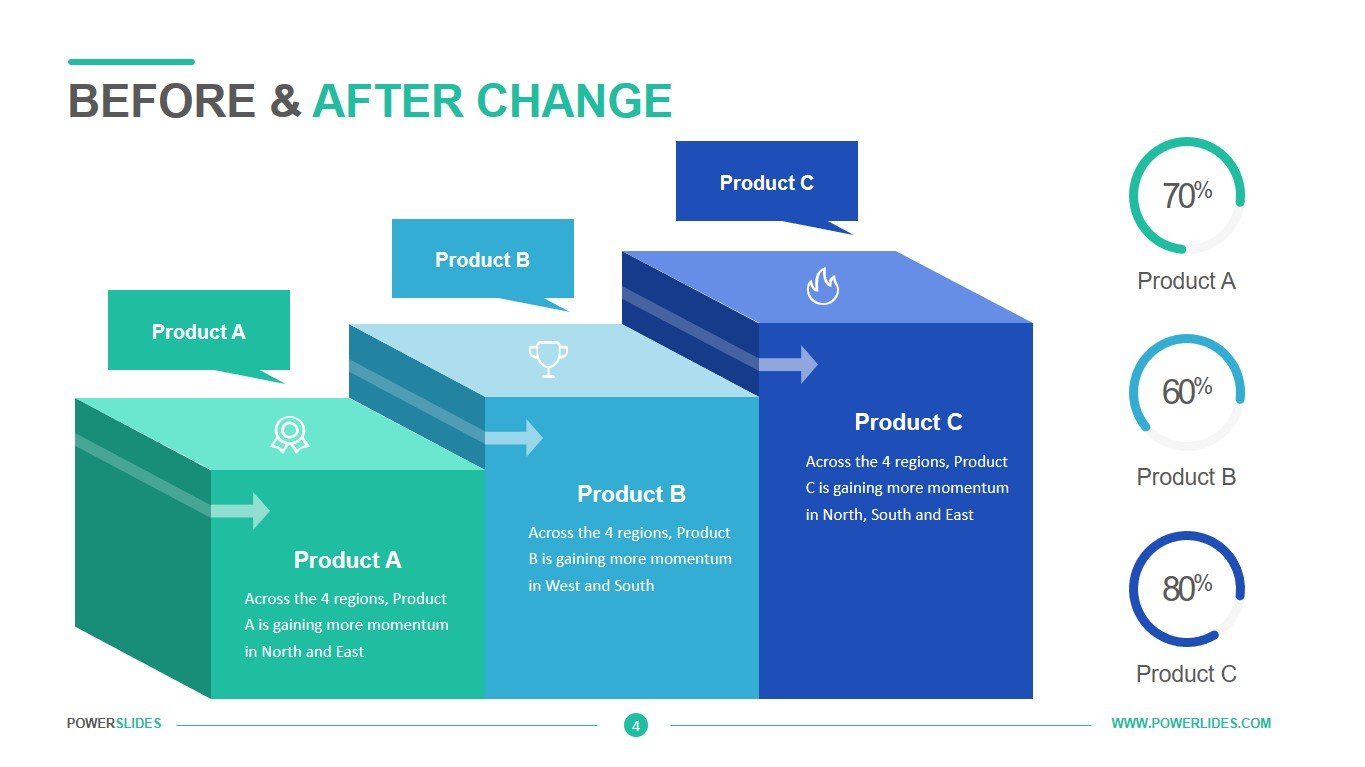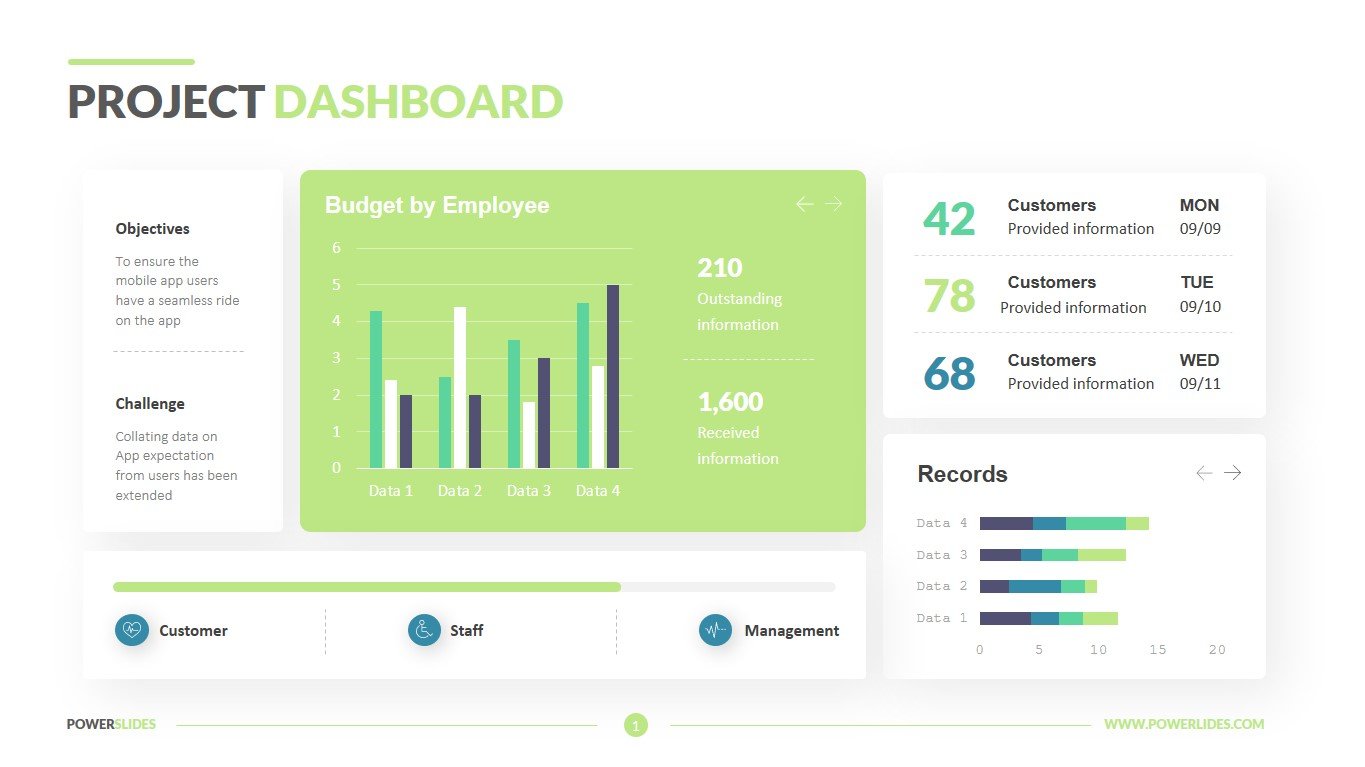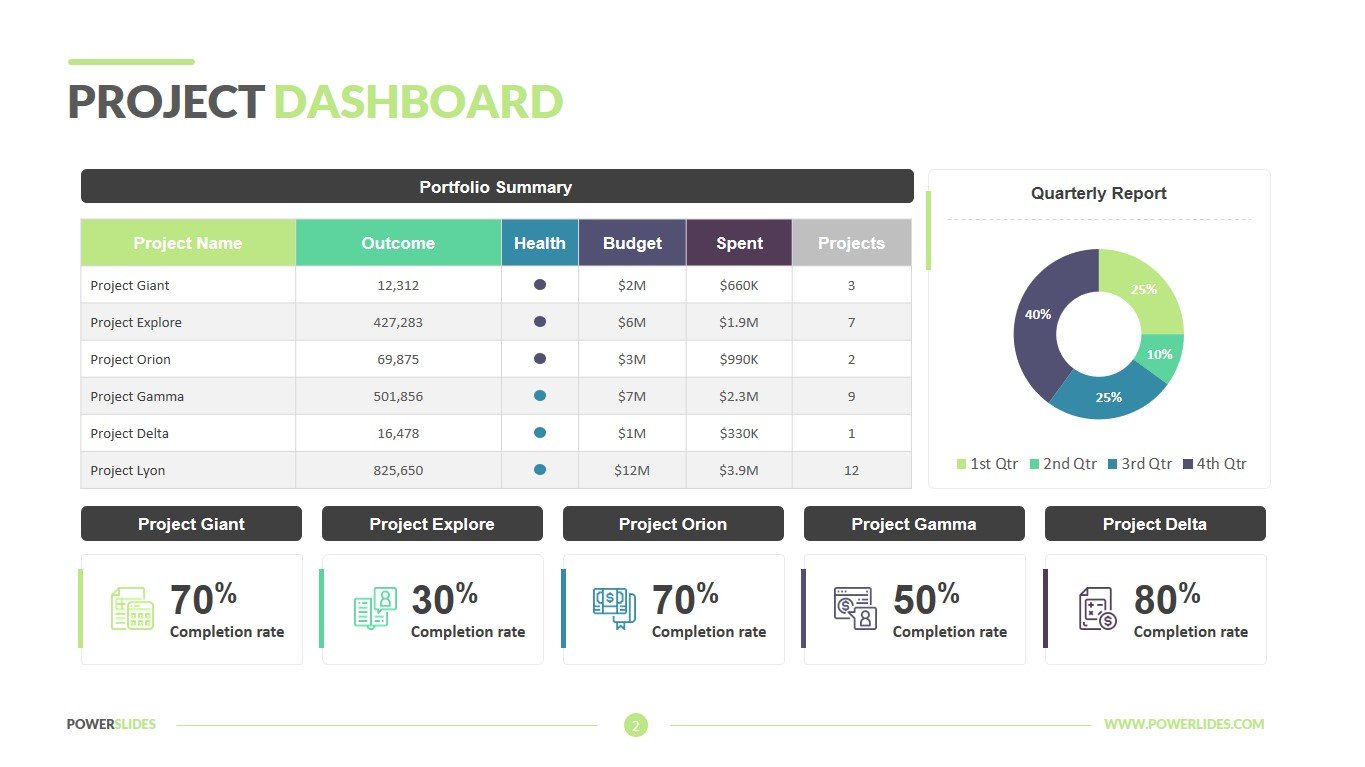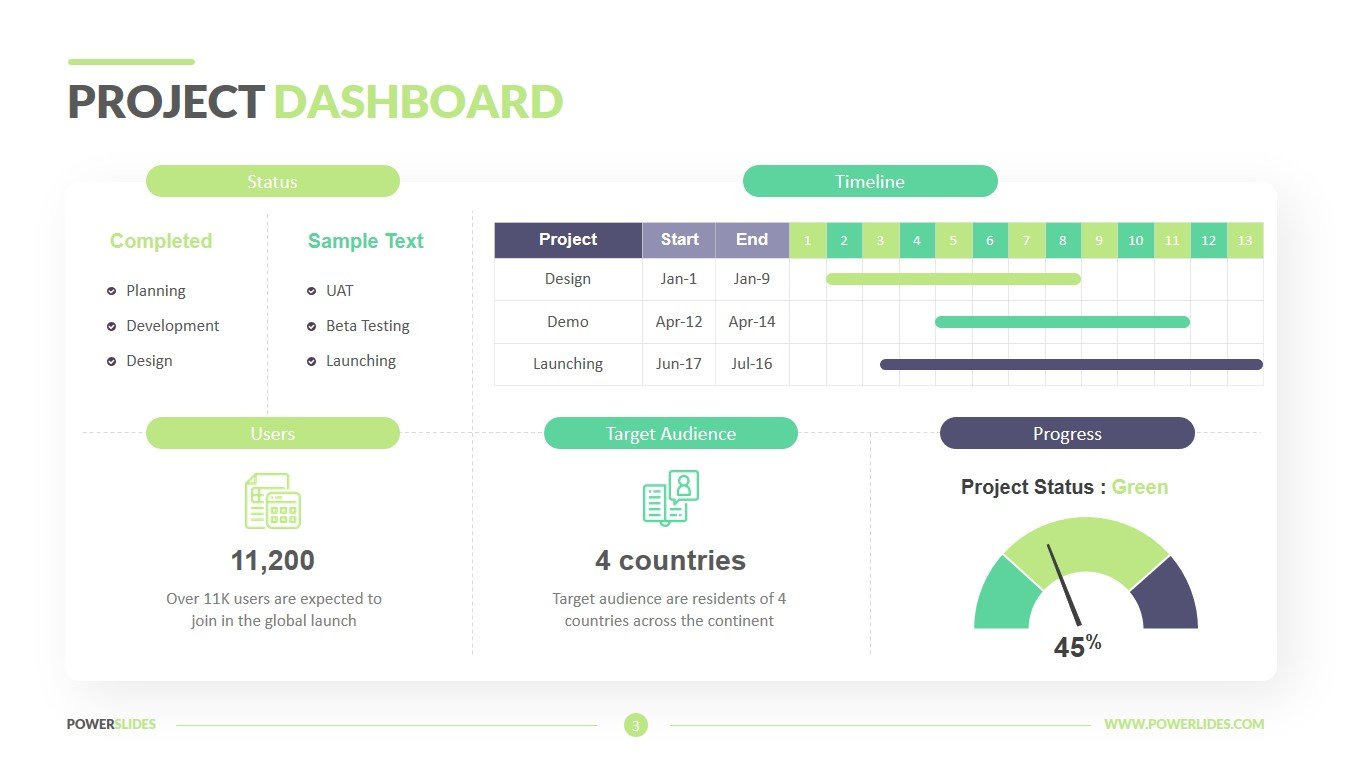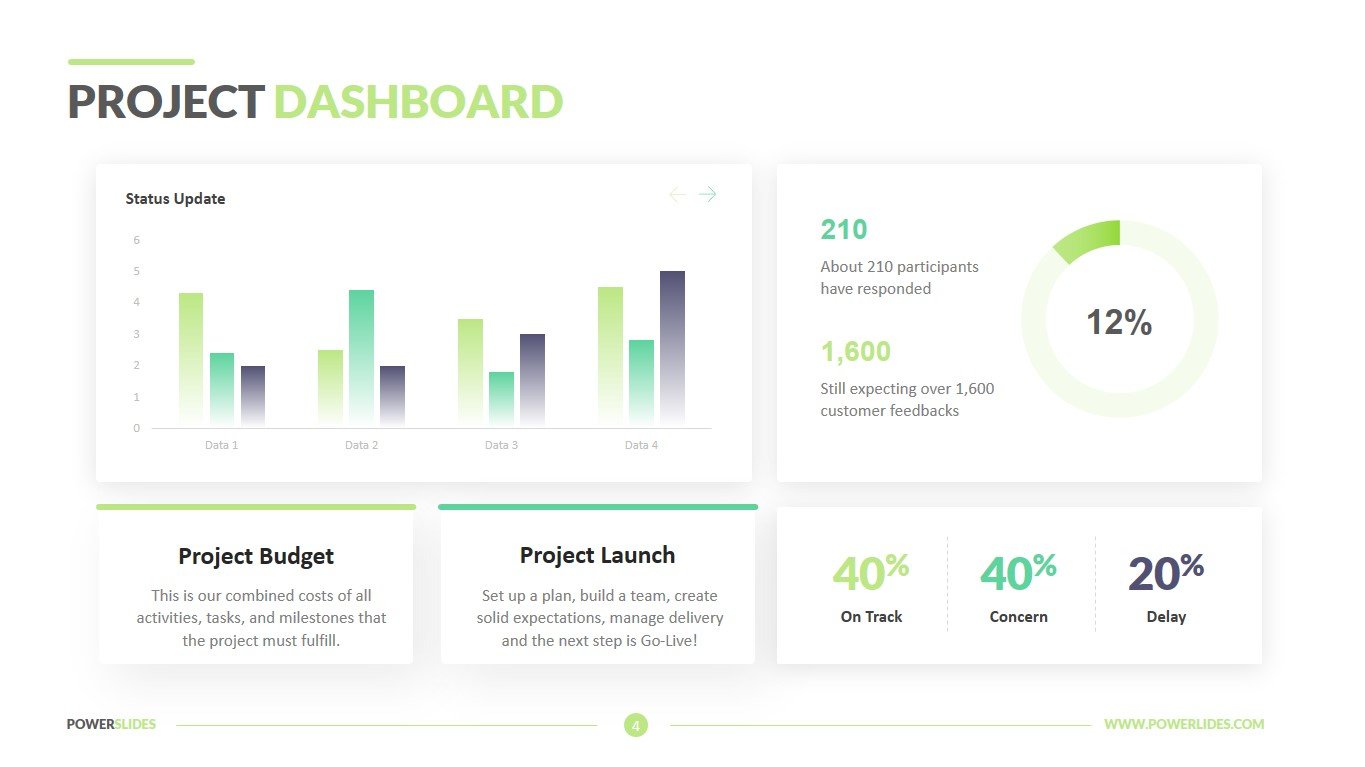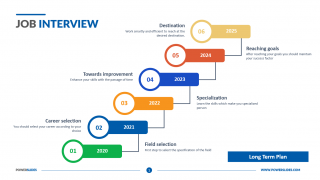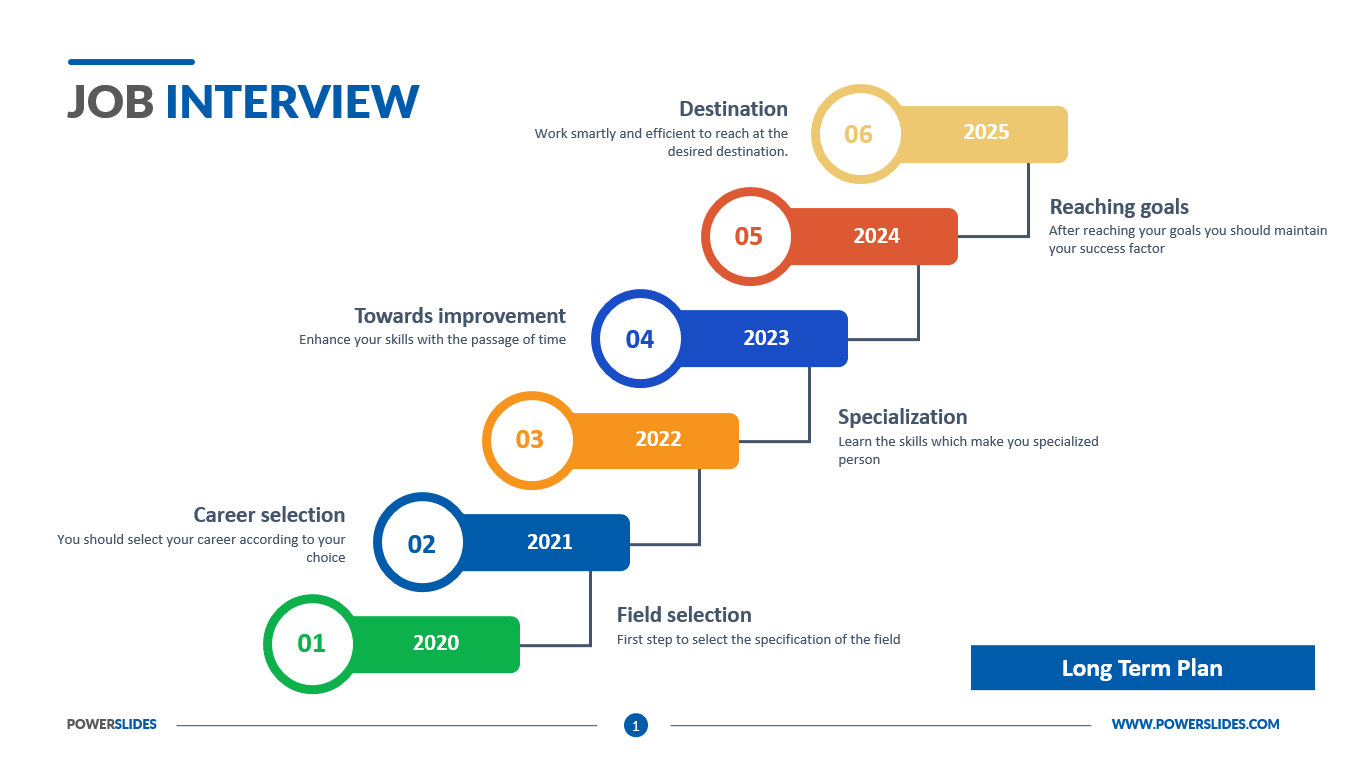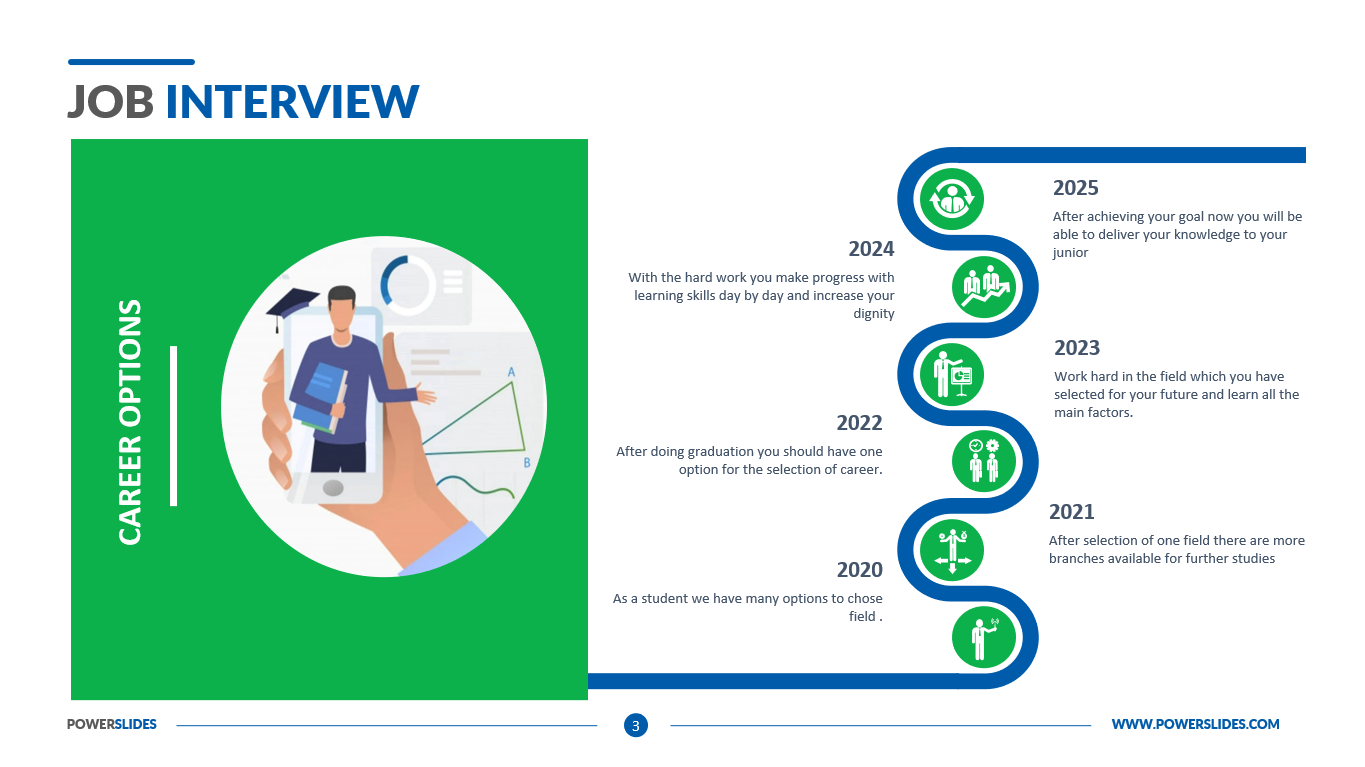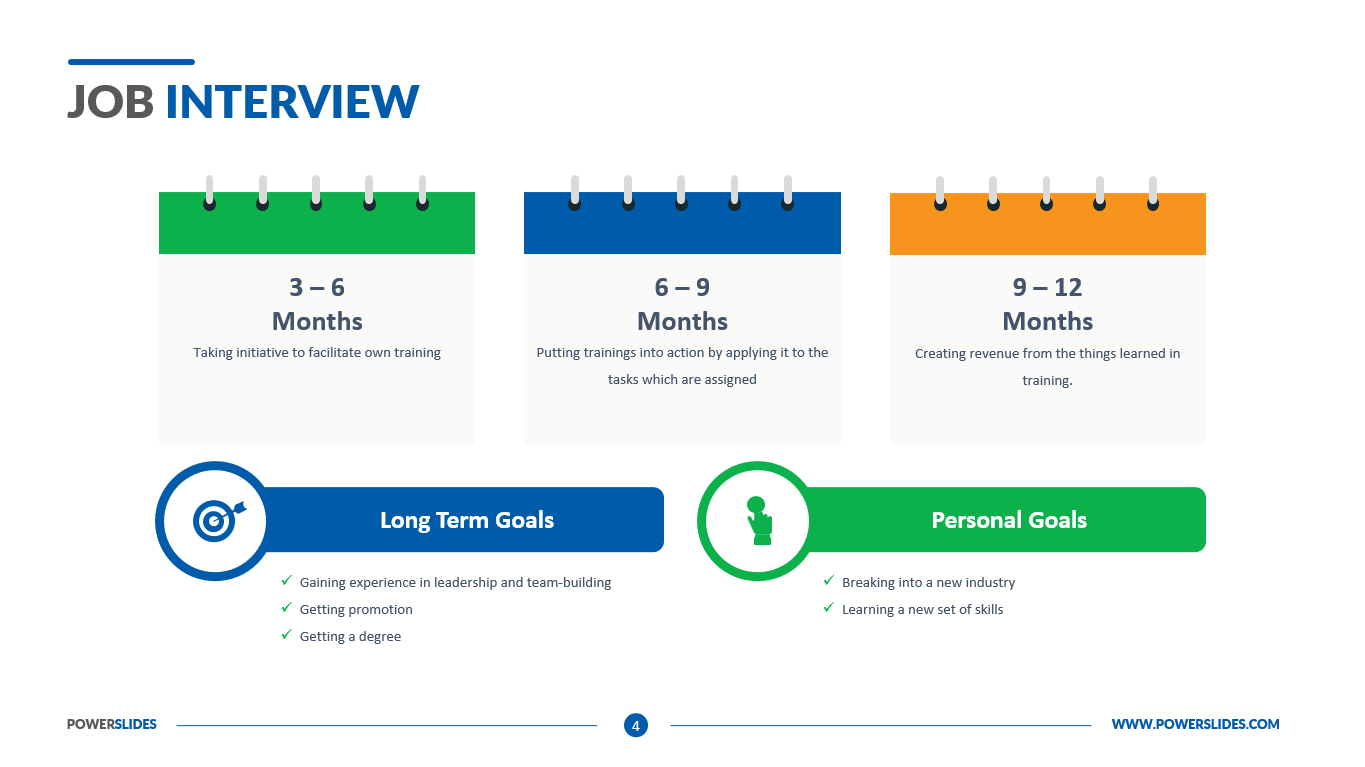Agile Scrum Process
 6 Slides
6 Slides
 File size: 16:9
File size: 16:9 
 Fonts: Lato Black, Calibri
Fonts: Lato Black, Calibri
 Supported version
PPT 2010, PPT 2013, PPT 2016
Supported version
PPT 2010, PPT 2013, PPT 2016
Product details
Agile scrum methodology is a project management system that relies on incremental development. Each iteration consists of two- to four-week sprints, where each sprint’s goal is to build the most important features first and come out with a potentially deliverable product. More features are built into the product in subsequent sprints and are adjusted based on stakeholder and customer feedback between sprints. Whereas other project management methods emphasize building an entire product in one iteration from start to finish, agile scrum methodology focuses on delivering several iterations of a product to provide stakeholders with the highest business value in the least amount of time. Agile scrum methodology has several benefits. First, it encourages products to be built faster, since each set of goals must be completed within each sprint’s time frame. It also requires frequent planning and goal setting, which helps the scrum team focus on the current sprint’s objectives and increase productivity. Scrum refers to a framework that makes for effective collaborations among teams that are working on complex products. Although it is most often used by software development teams, scrum can essentially be beneficial to any team that is working toward a common goal. In particular, scrum is a collection of meetings, roles and tools that work together to help teams to better structure and manage their workload.
The greatest benefit of agile scrum methodology is its flexibility. With the sprint-based model, the scrum team typically receives feedback from stakeholders after each sprint. If there are any problems or changes, the scrum team can easily and quickly adjust product goals during future sprints to provide more valuable iterations. This way, stakeholders are happier because they get exactly what they want after being involved every step of the way. Compare this with traditional project management systems, in which stakeholders do not provide frequent feedback and time is wasted making changes to the product halfway through development – or, worse, the teams need to start from scratch after the product has already been built. To implement agile scrum methodology, there must be either a scrum expert in the company or an outside scrum consultant to ensure scrum principles are being applied correctly.
The Agile Scrum Process template consists of six slides that are designed in a modern style and have all the necessary tools to develop a professional presentation. The slides in this template have a lot of infographics to take full advantage of the Agile approach. For example, team leaders, scrum master, and product owner can use this template in preparation for their weekly sprints. Slide tools allow you to control the progress of work according to the deadlines and provide a percentage of the project.
This Agile scrum process diagram template is ideal for educating technology teams and non-technical teams on the immense business value of the Agile Scrum Process. These slides take your audience through sprint cycles, sprint planning, the role of a scrum master, backlog management and daily meetings. This template is not only useful for functional presentations, but also for learning about the Agile Scrum Process on an individual, team and organizational level. You can easily change colours and update text to meet your presentation objectives. Visually-appealing, well-organized and structured, every presenter using this template is sure to deliver an effective presentation to their target audience.




 (3.93/ 5)
(3.93/ 5)


